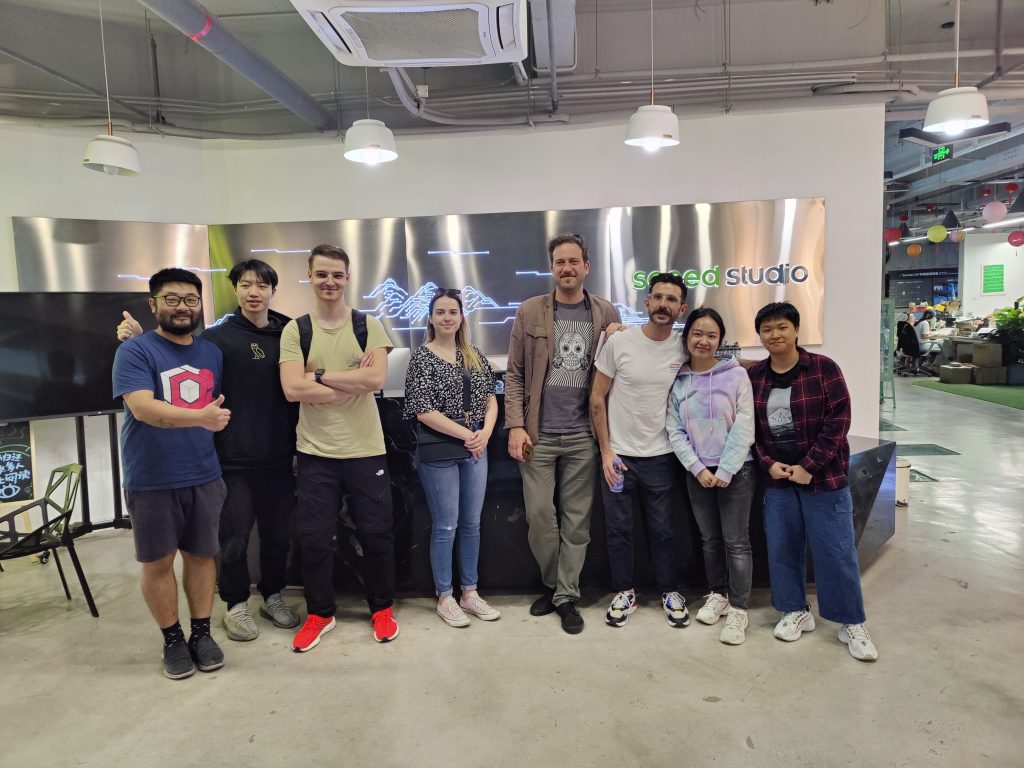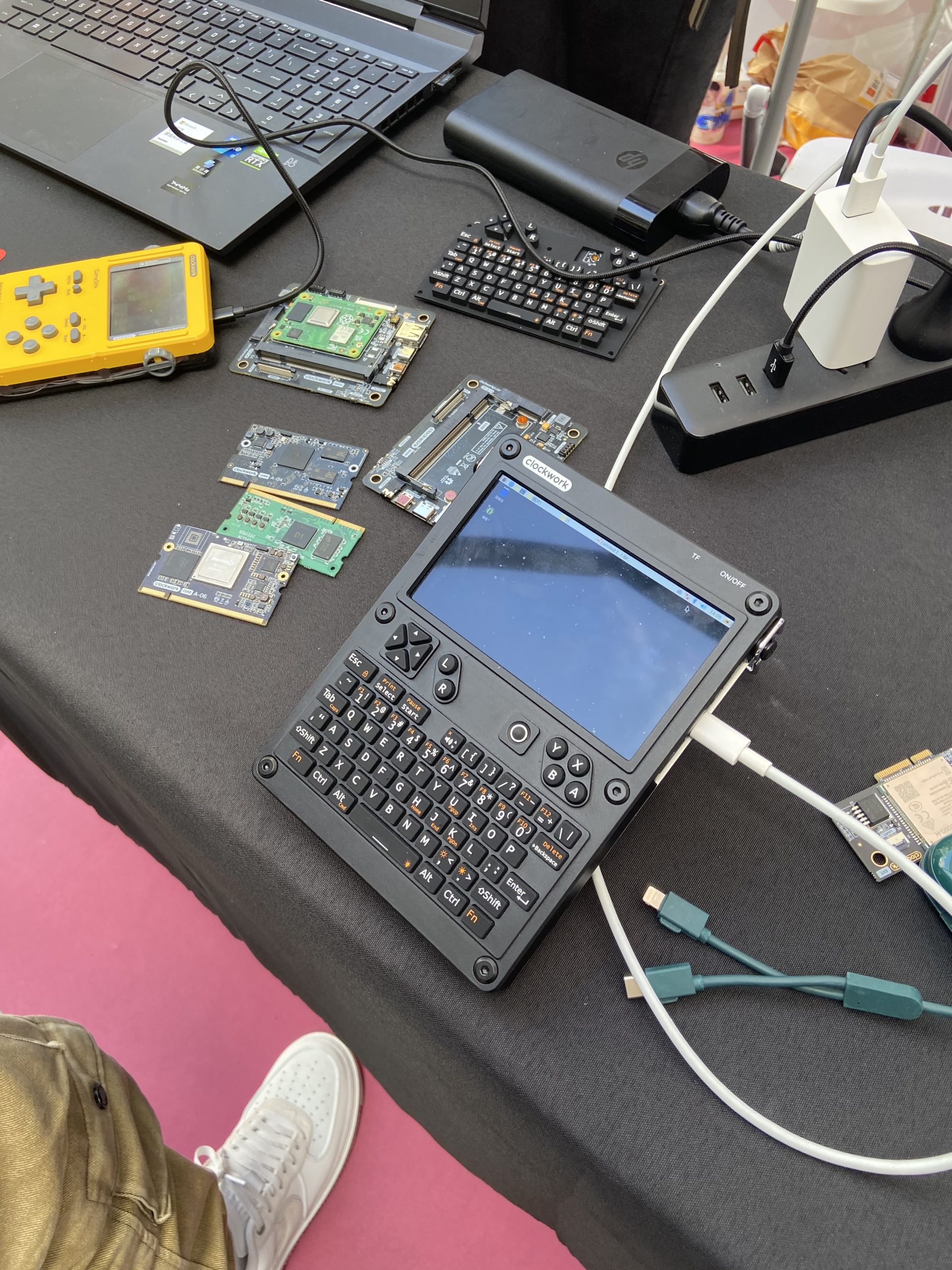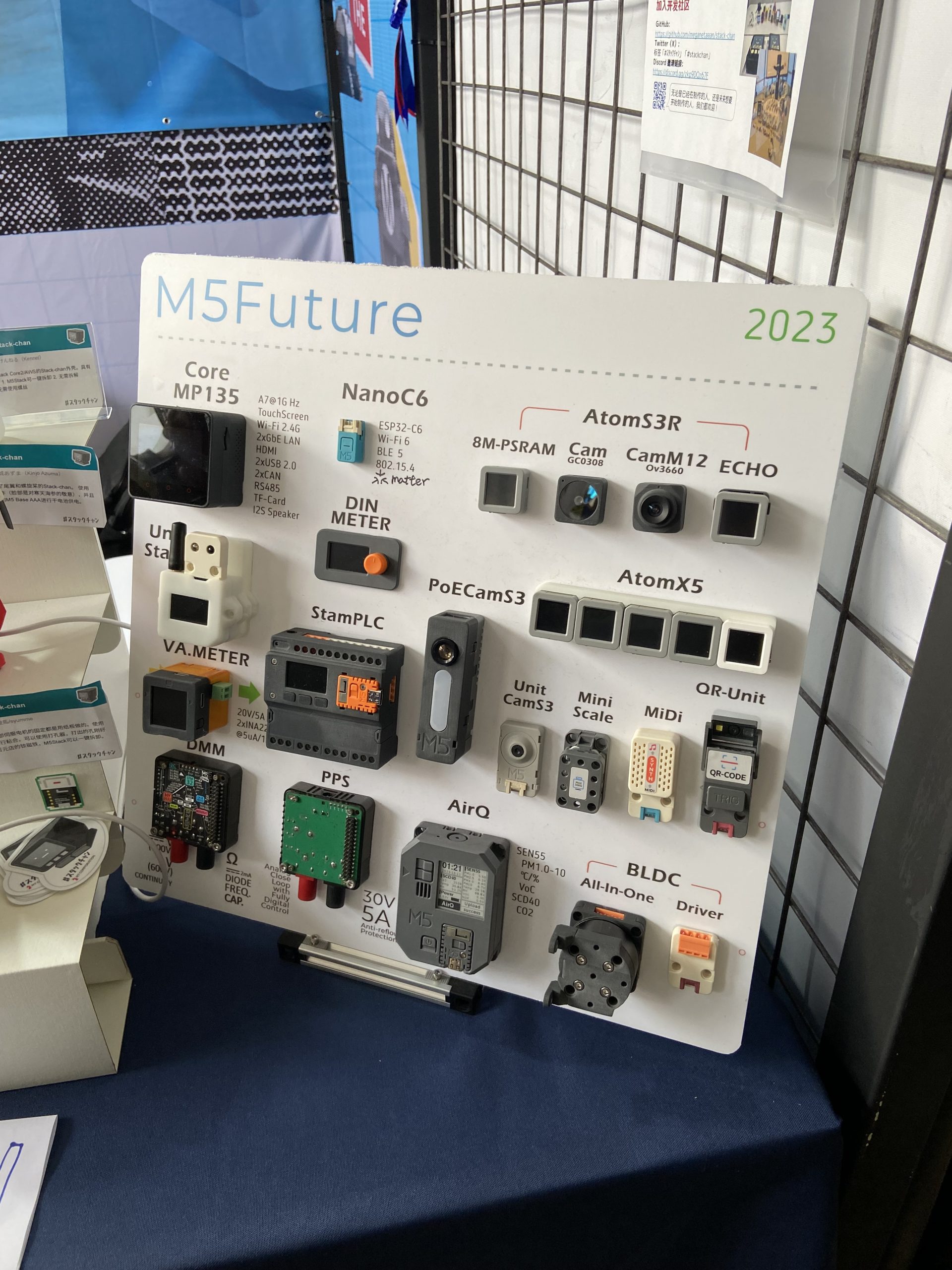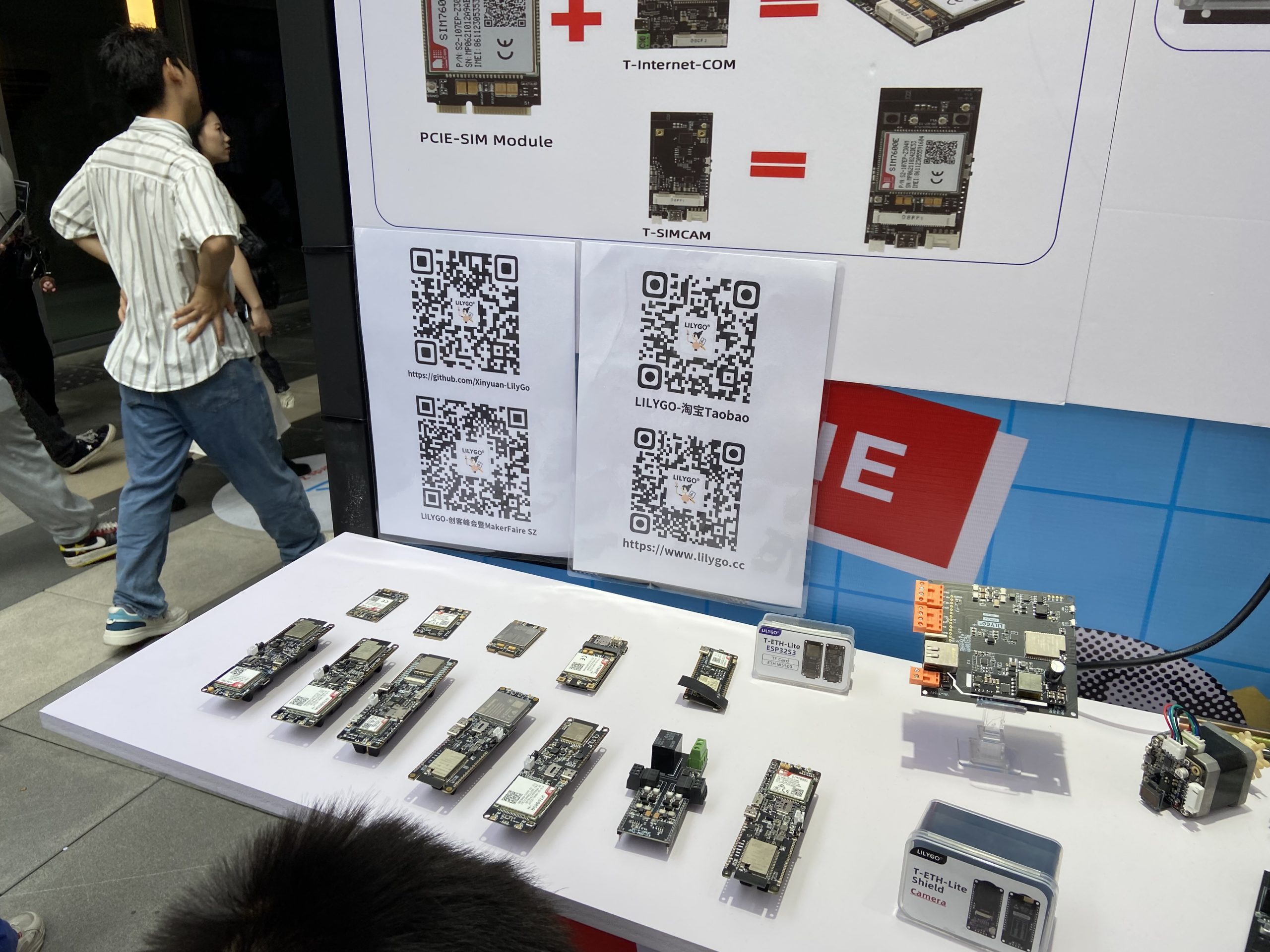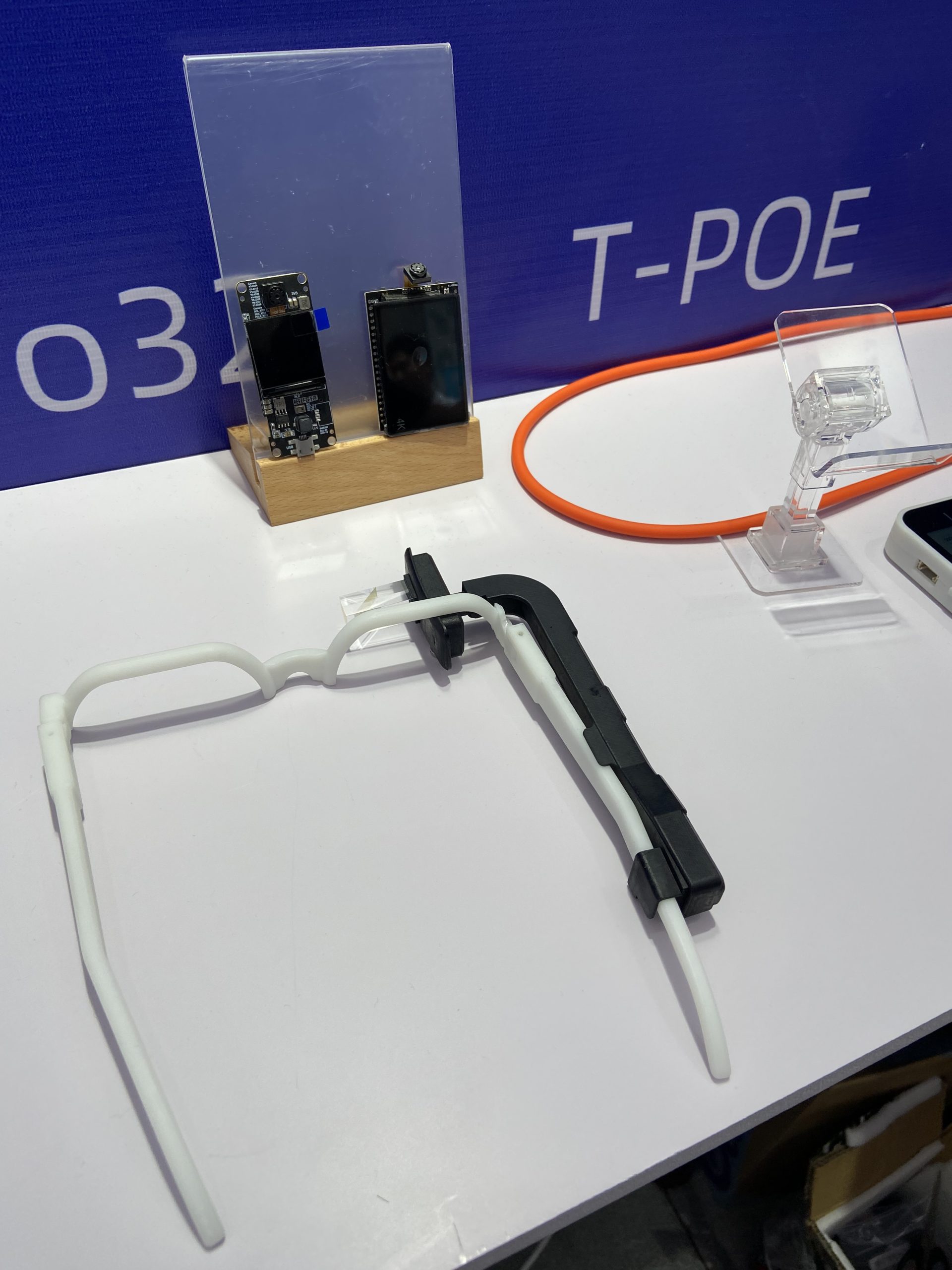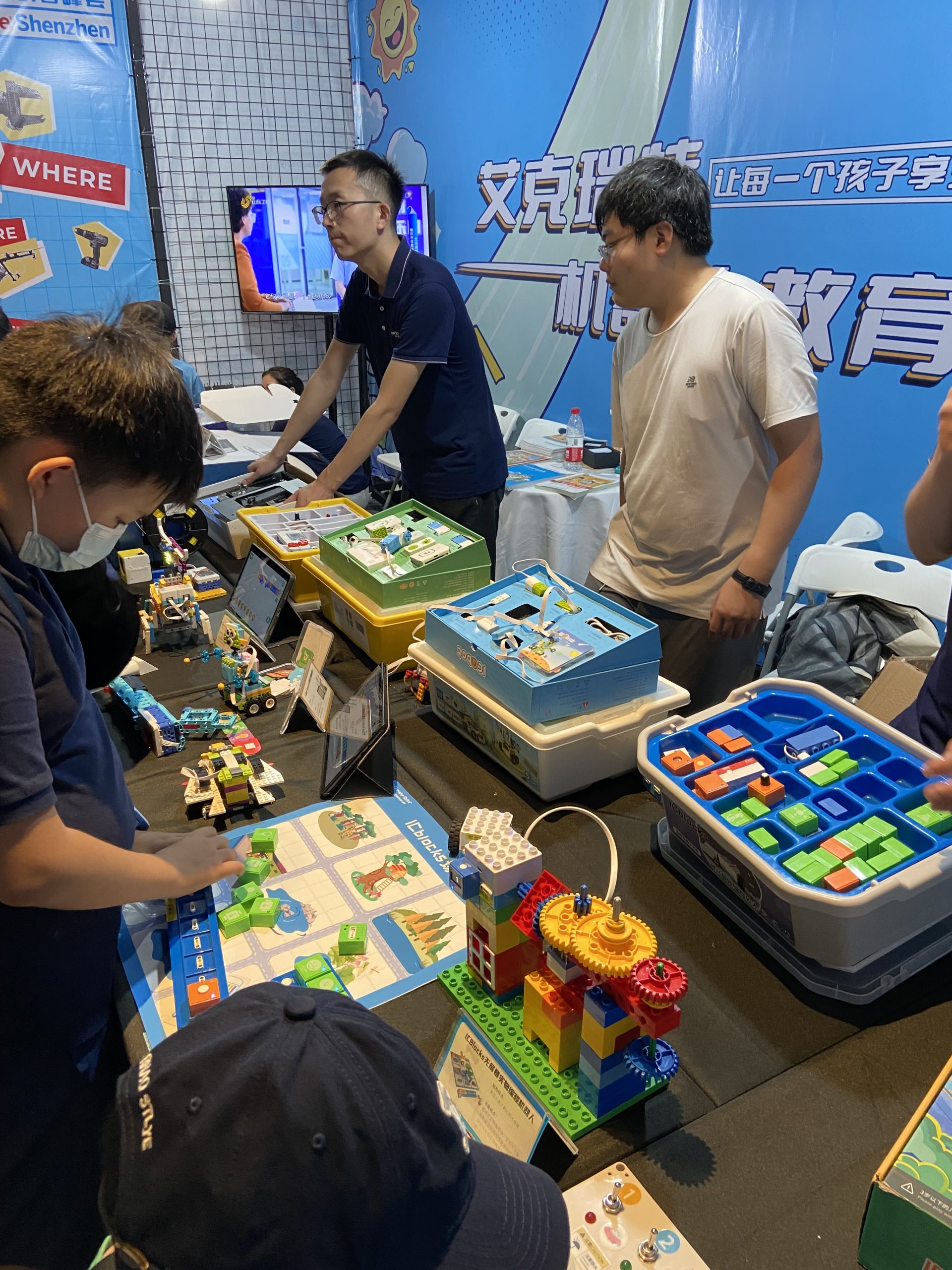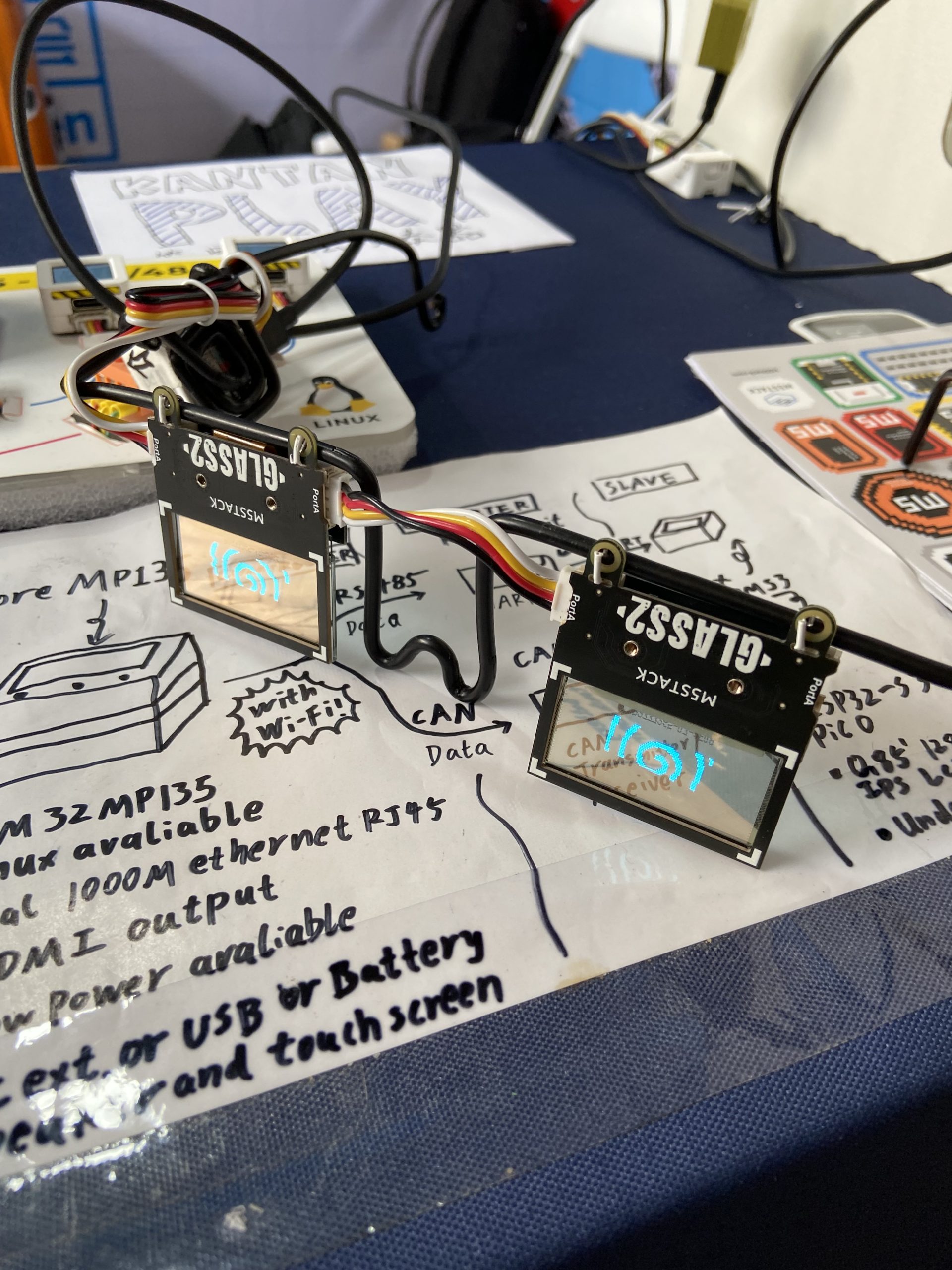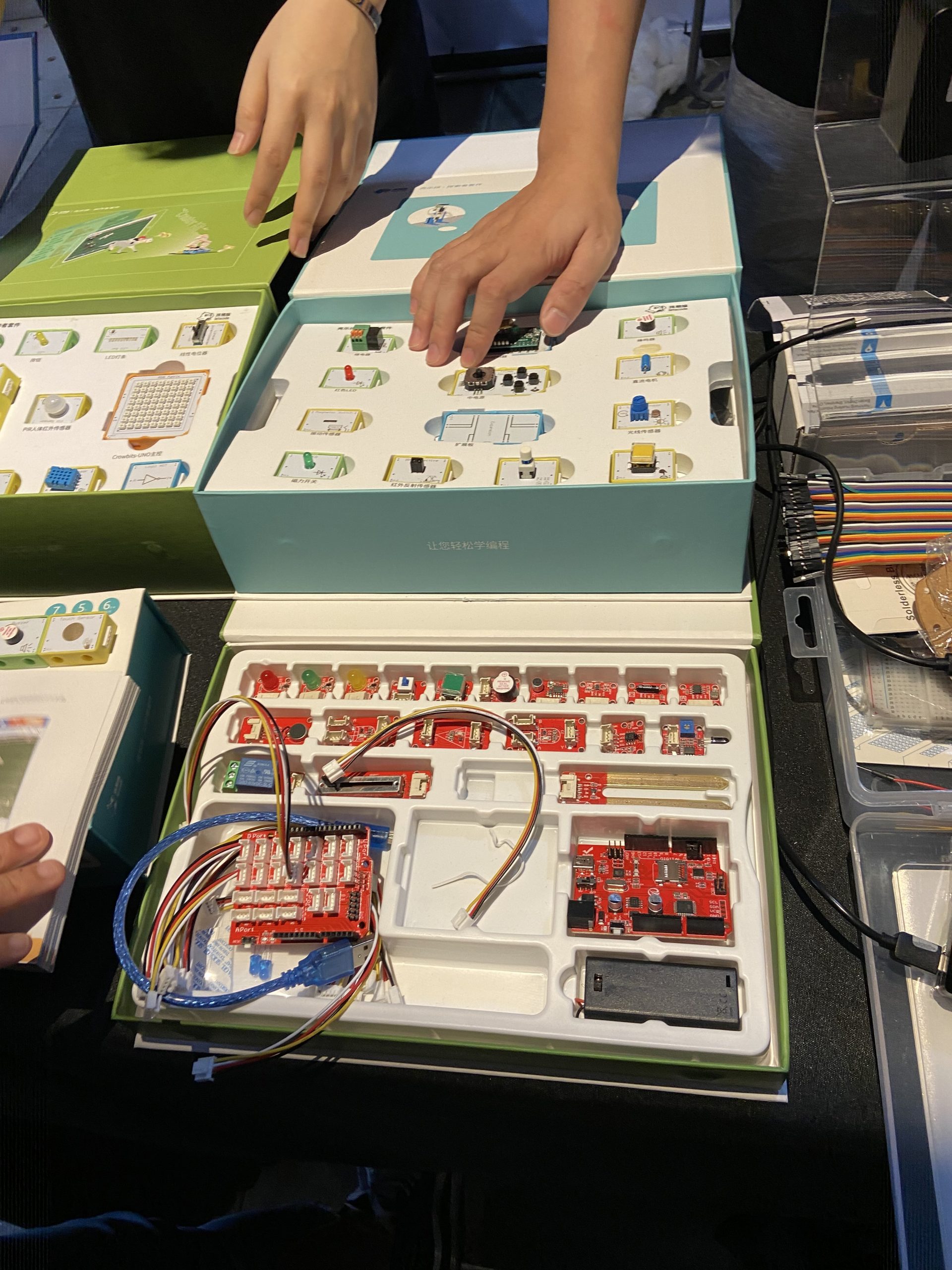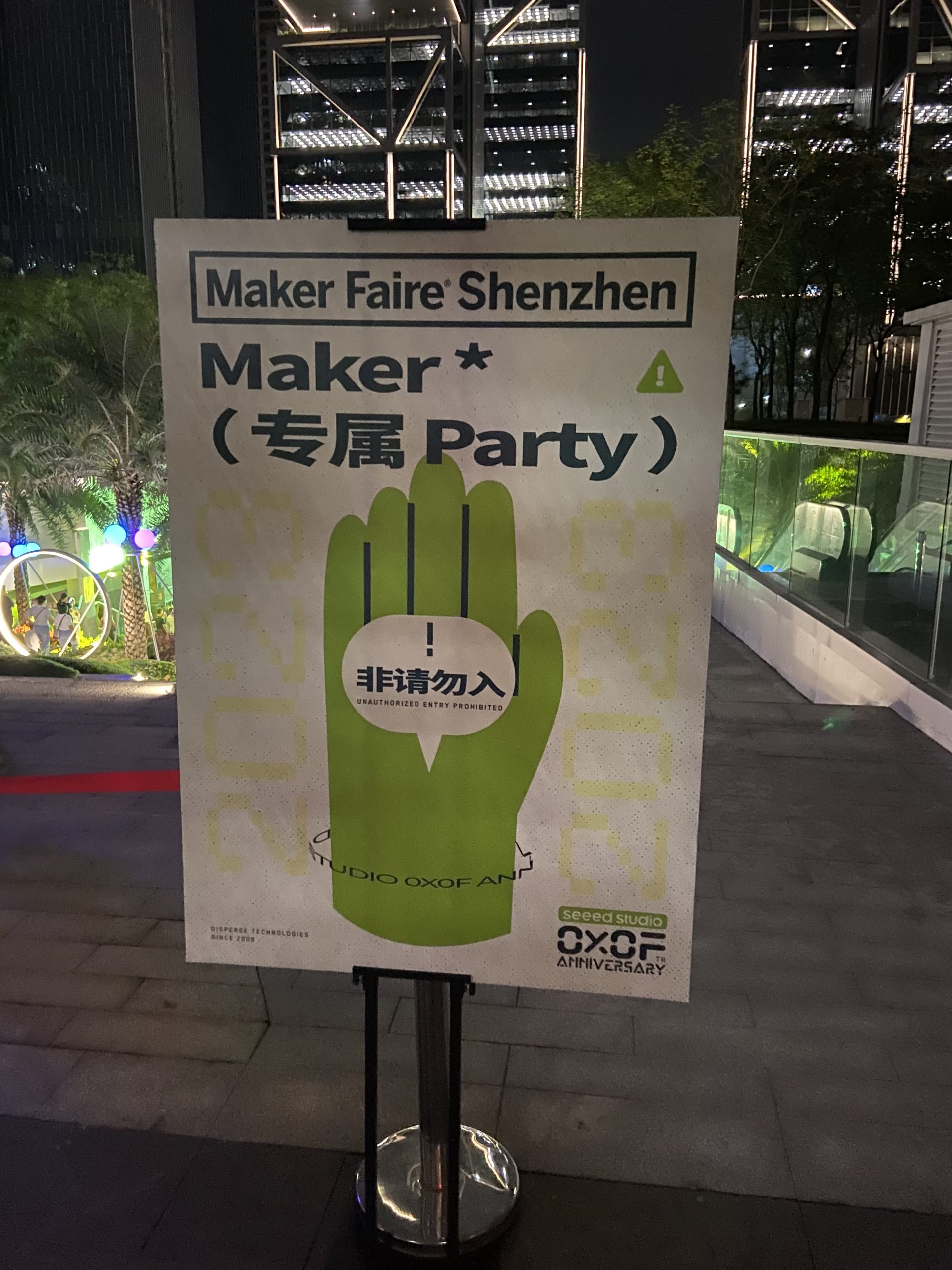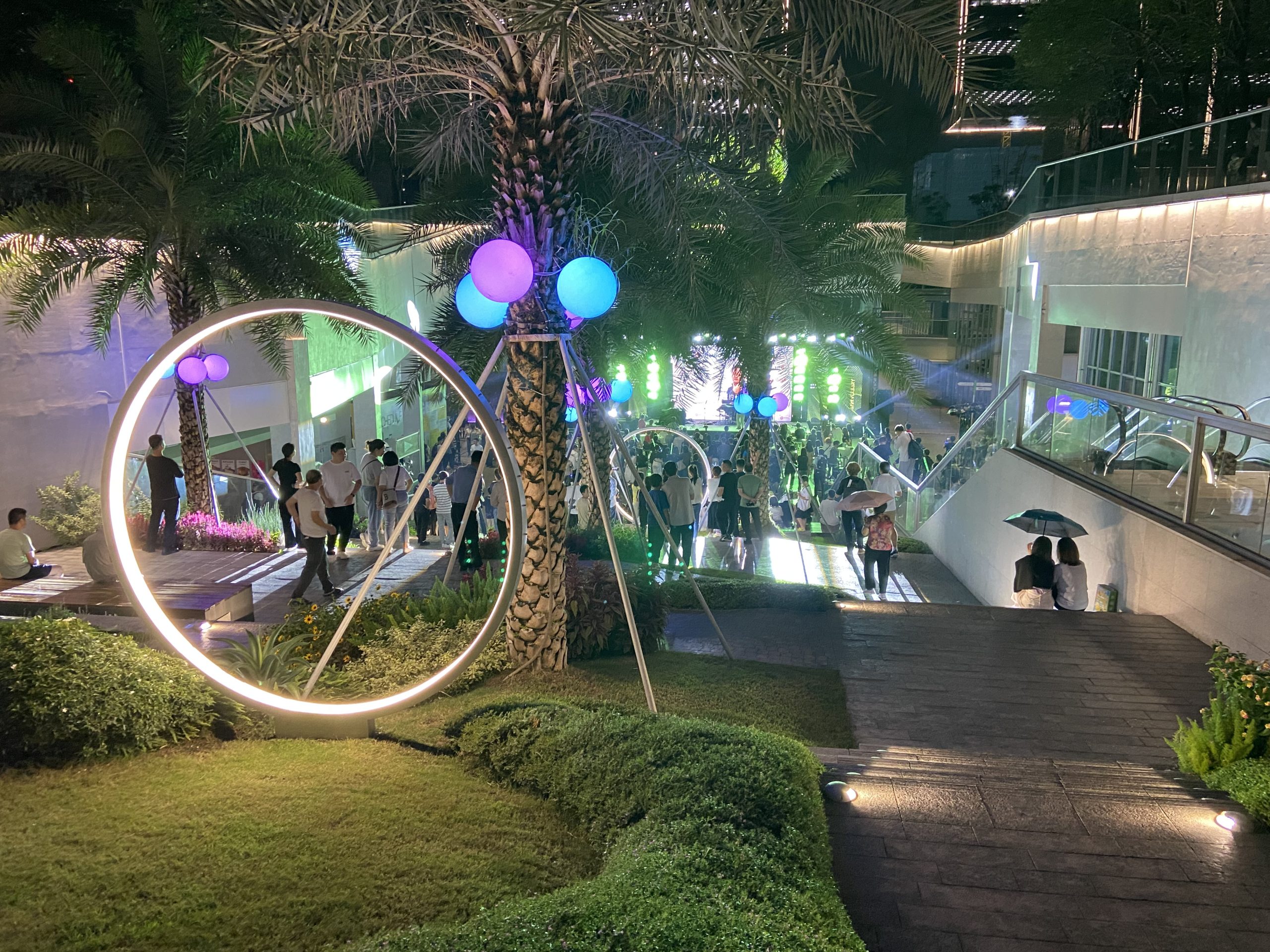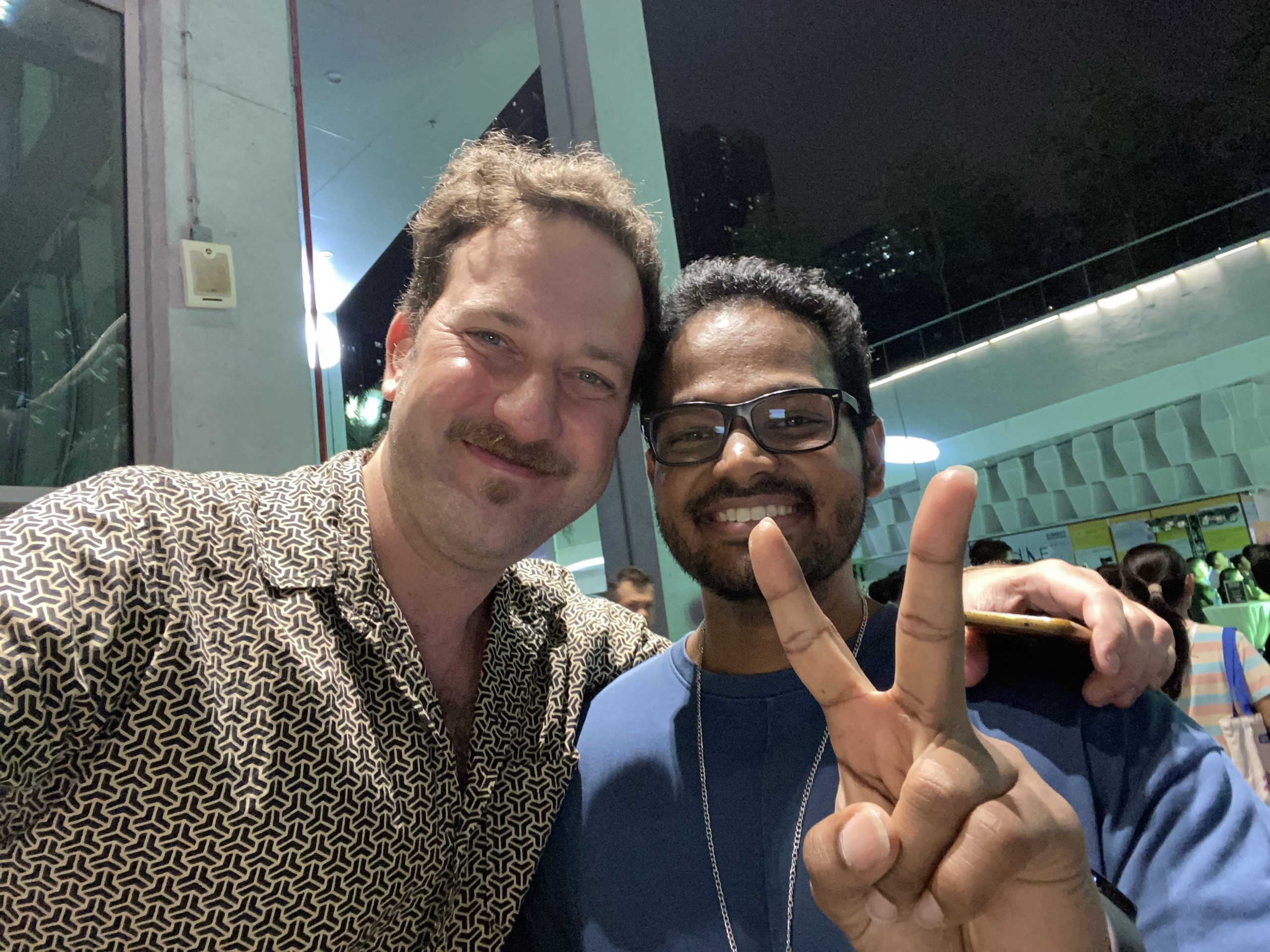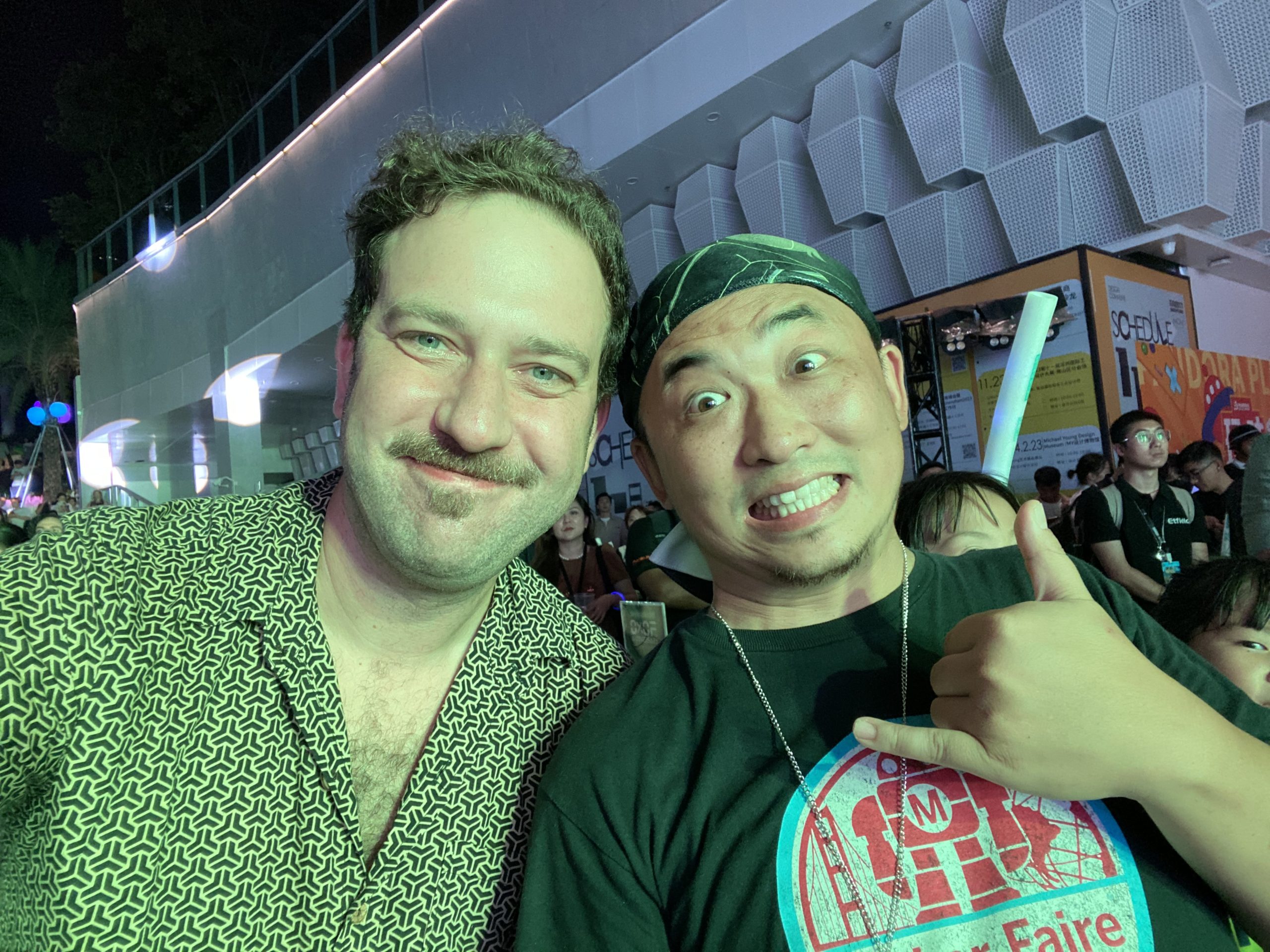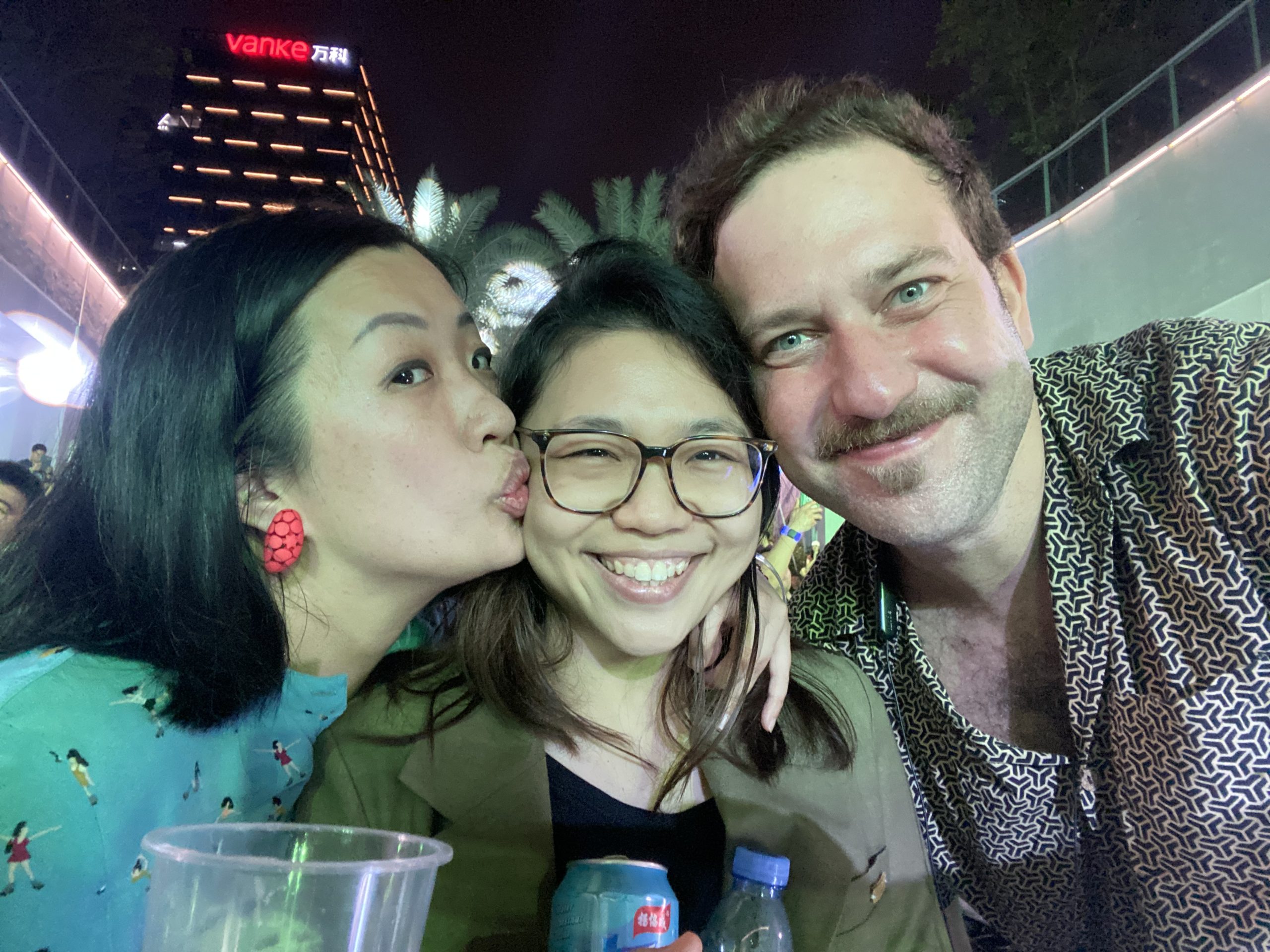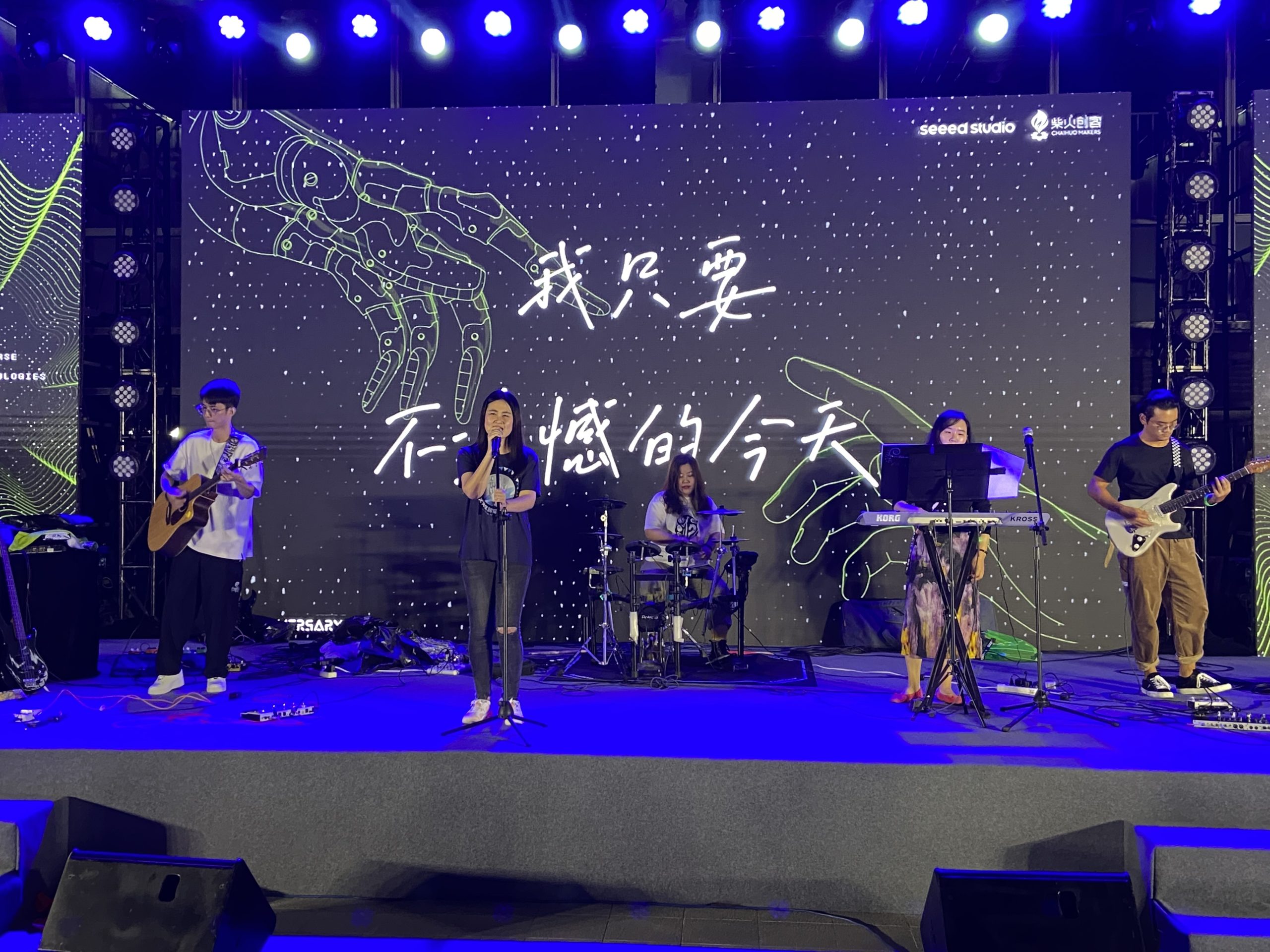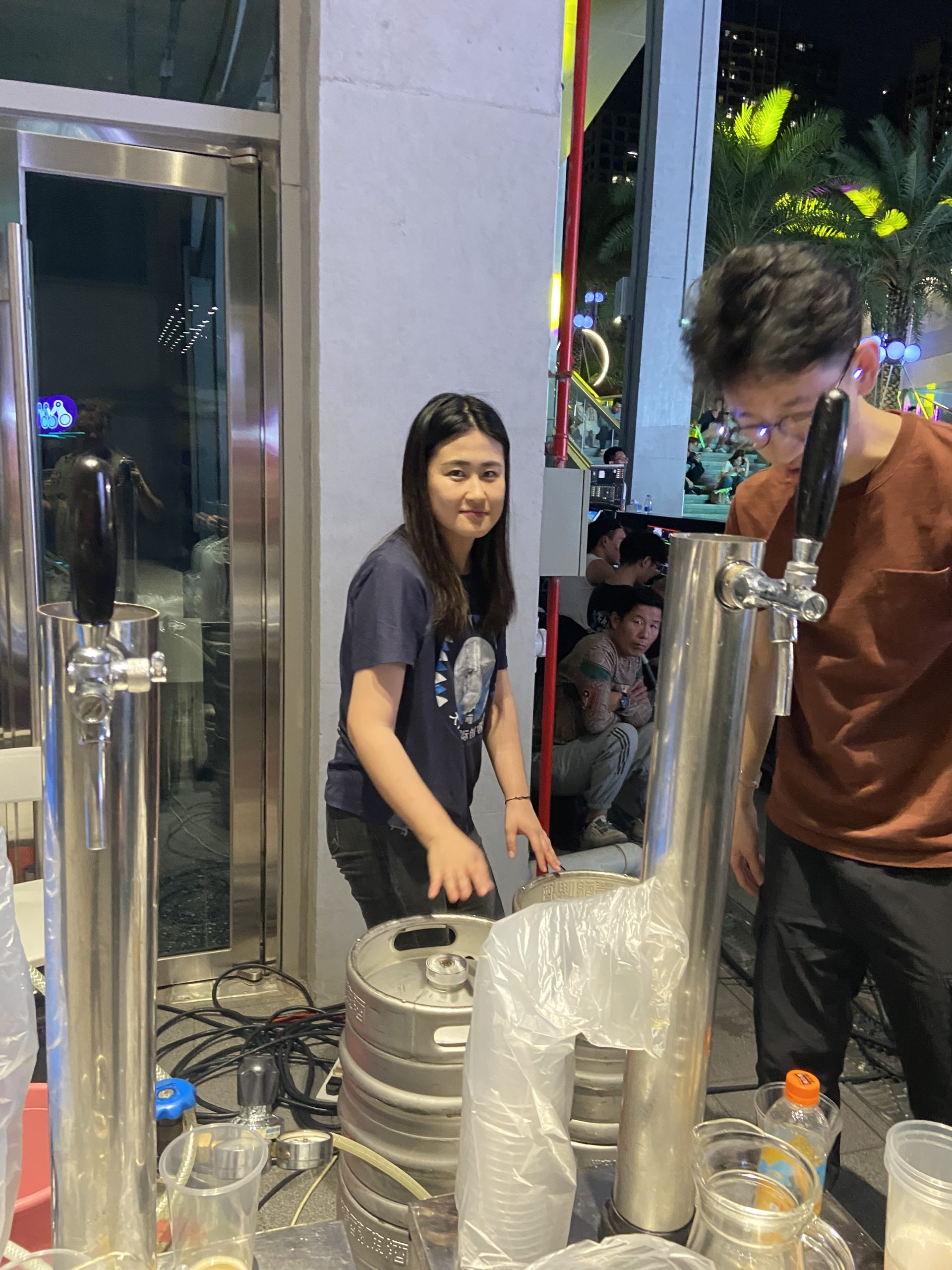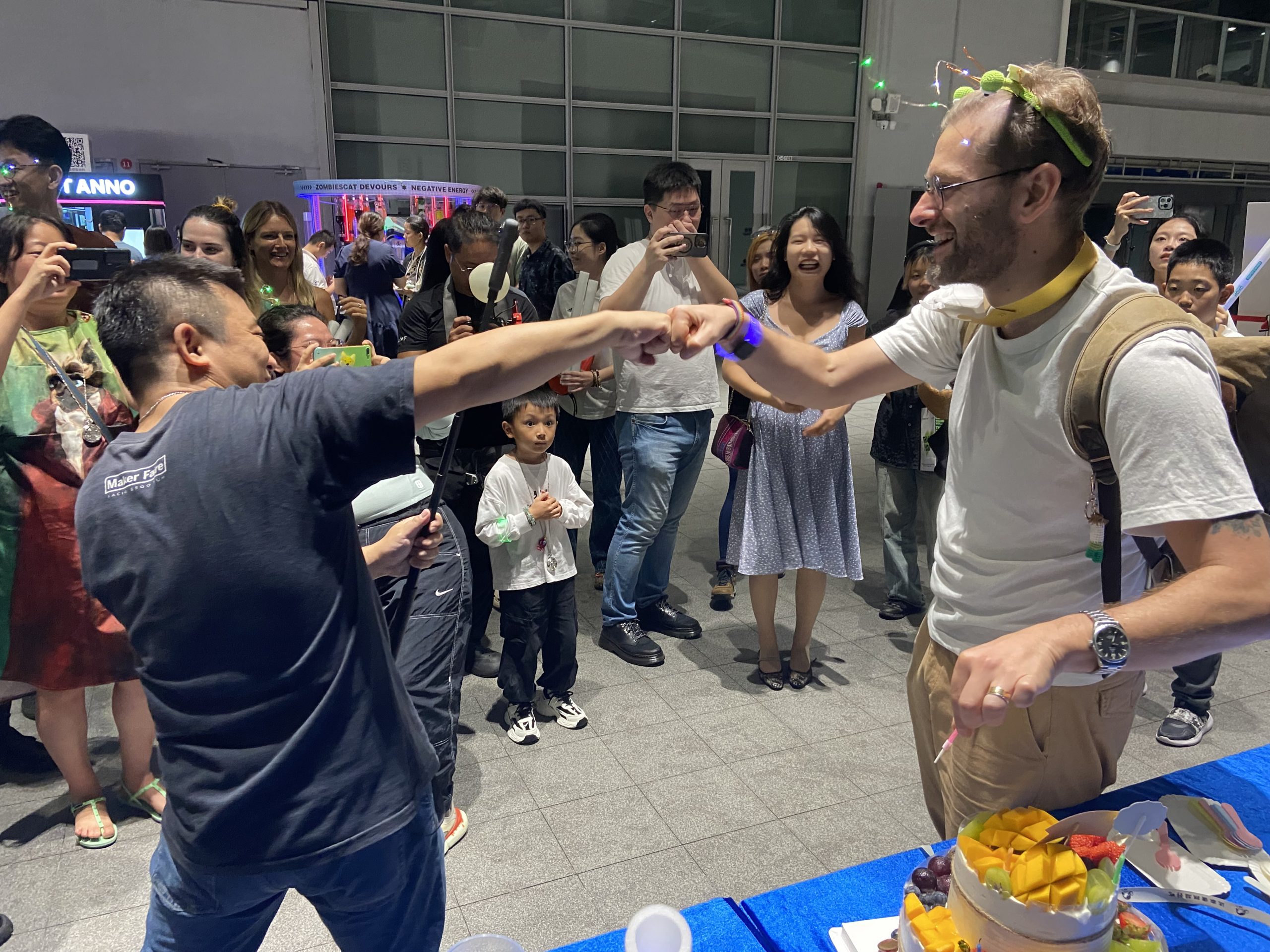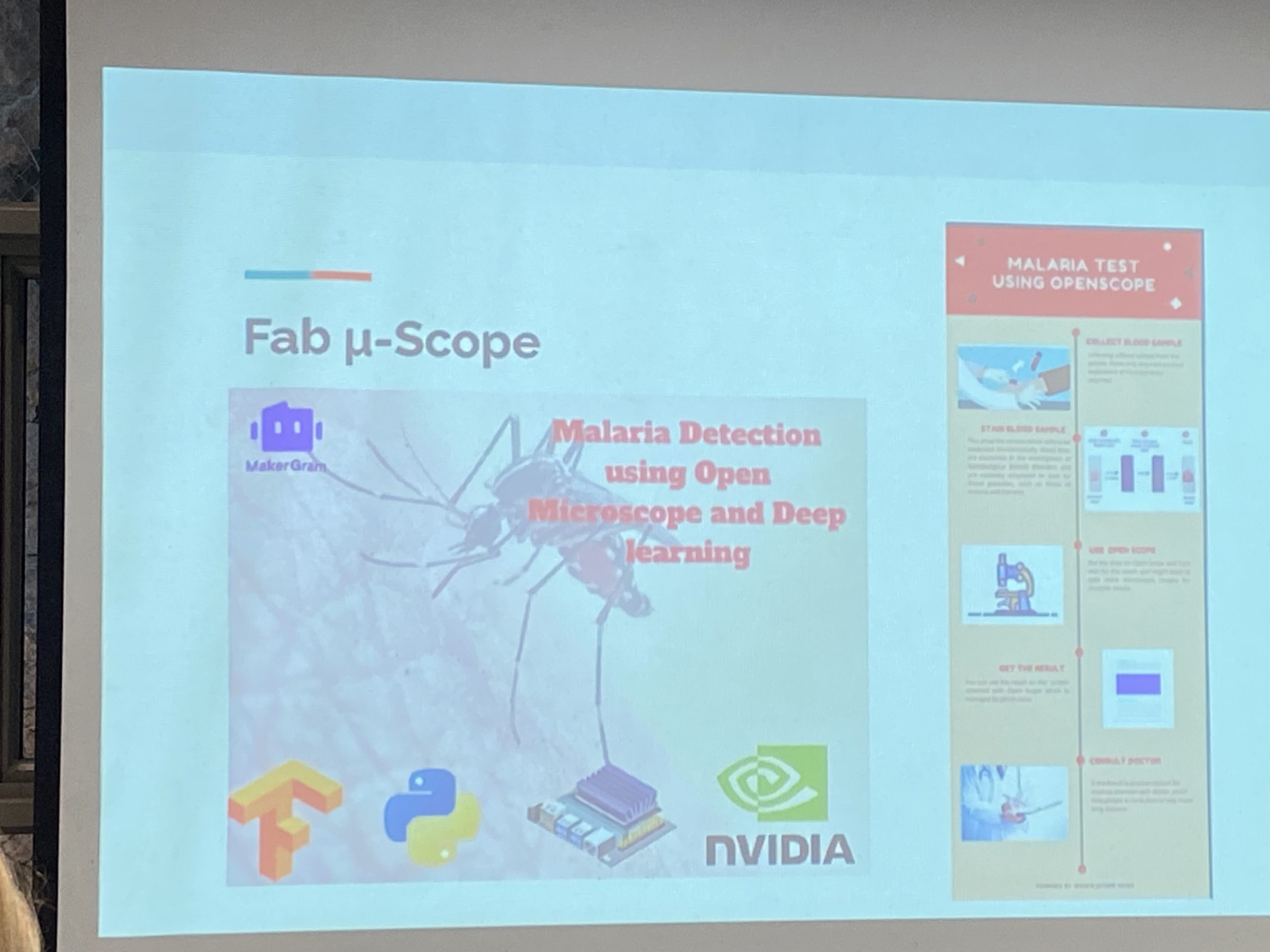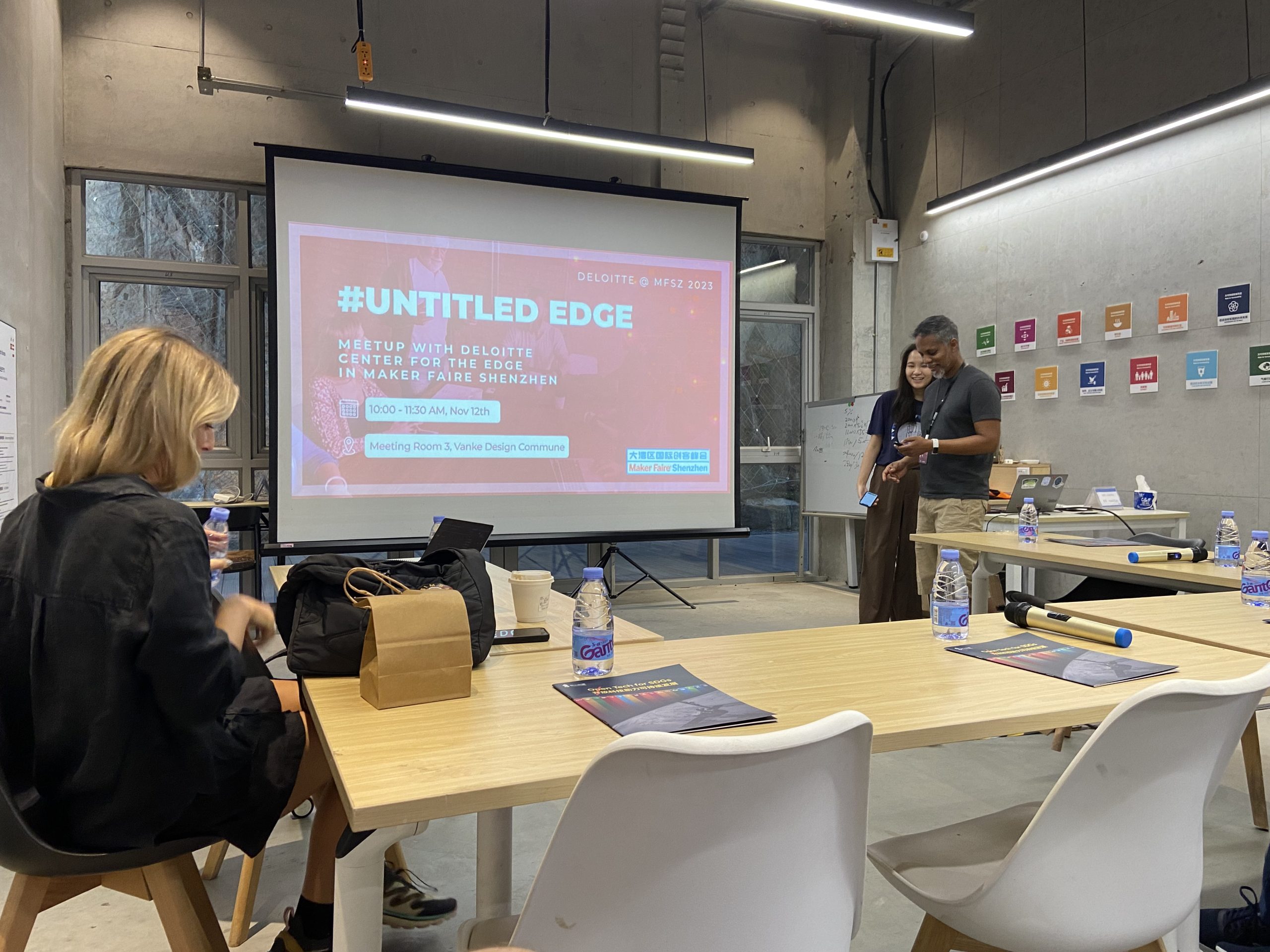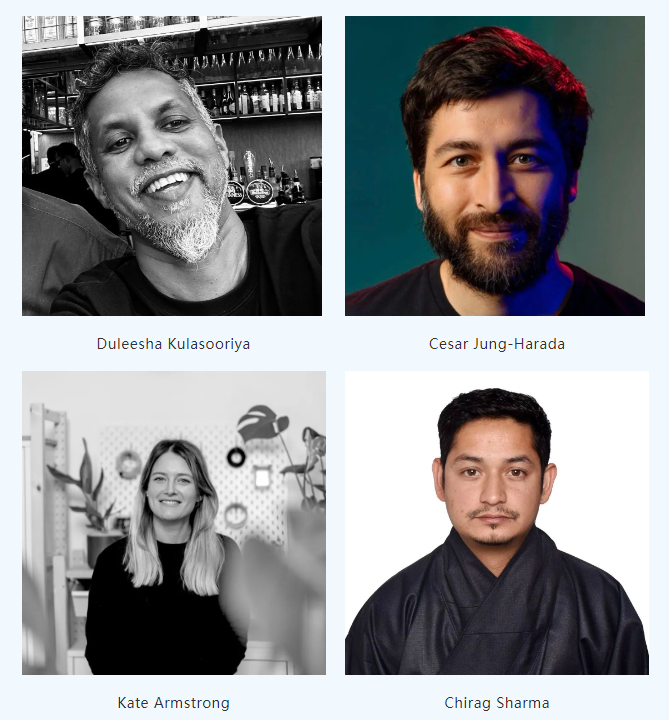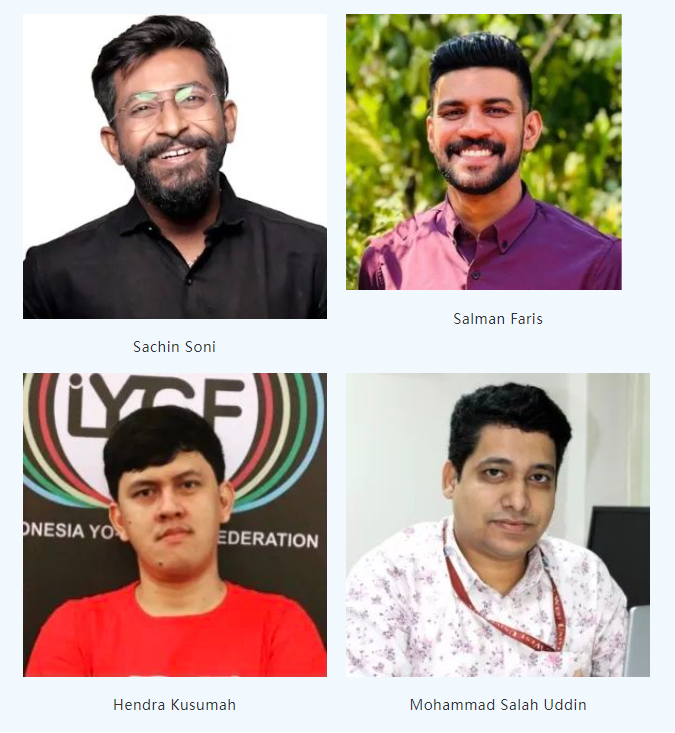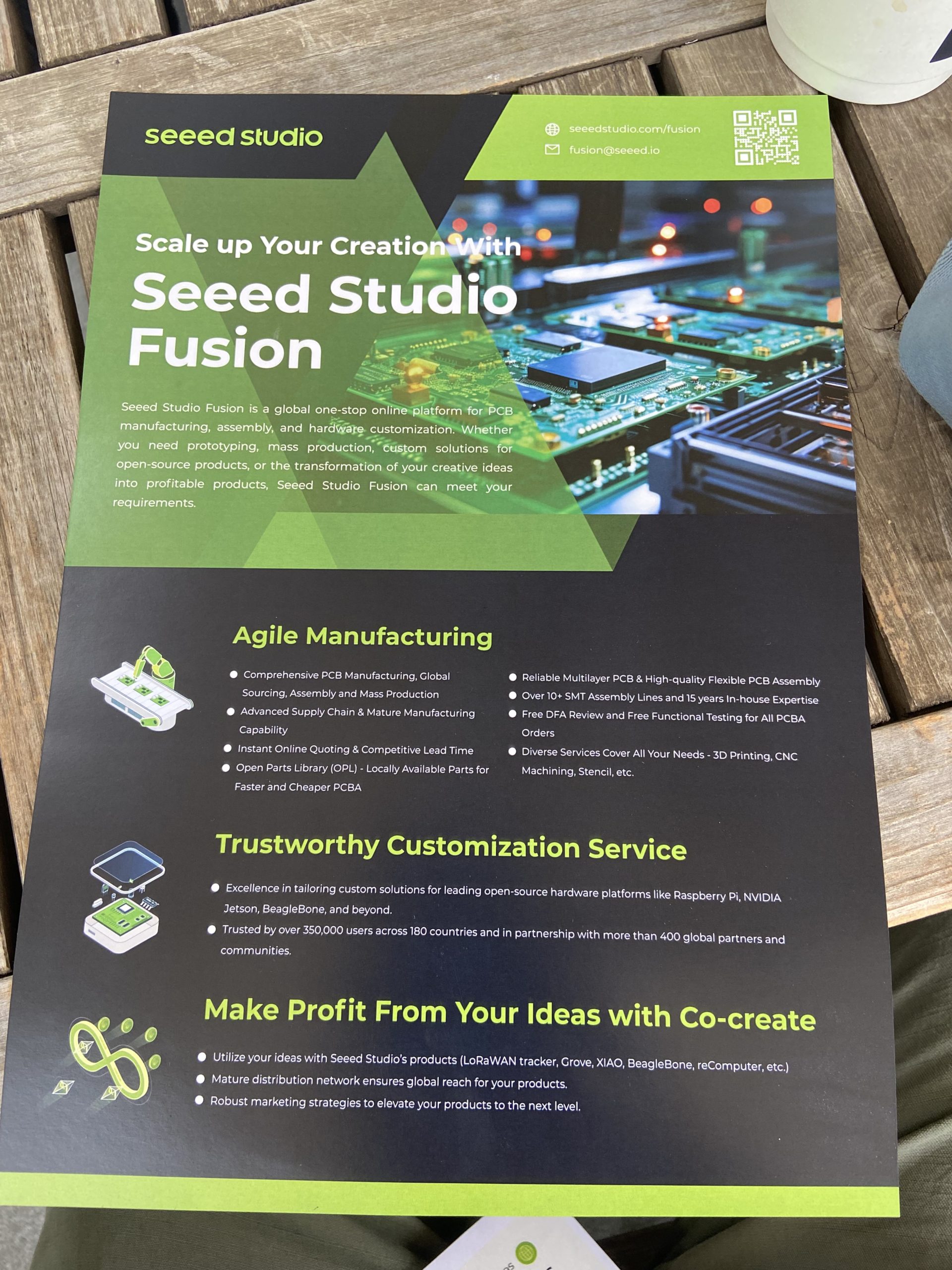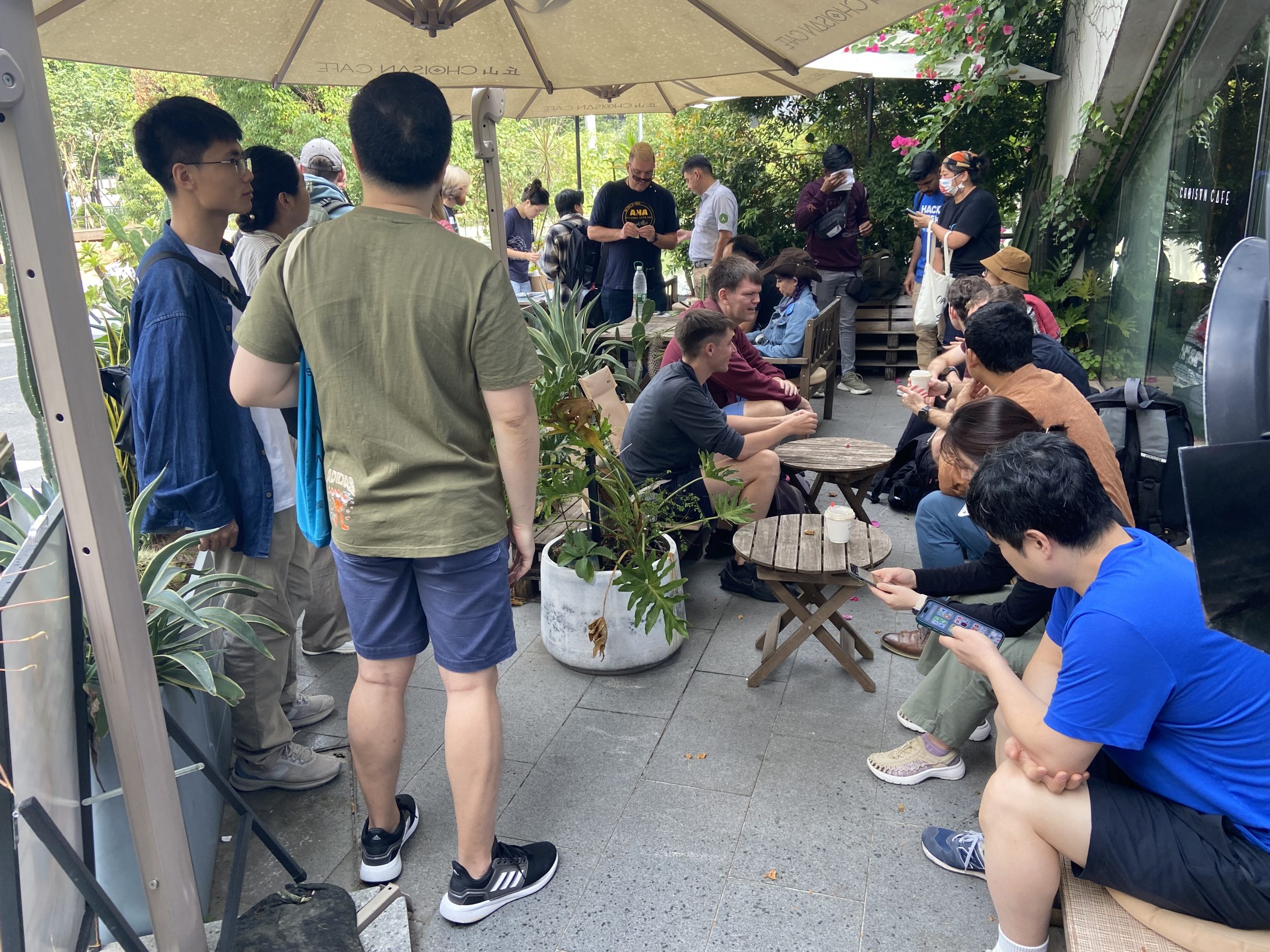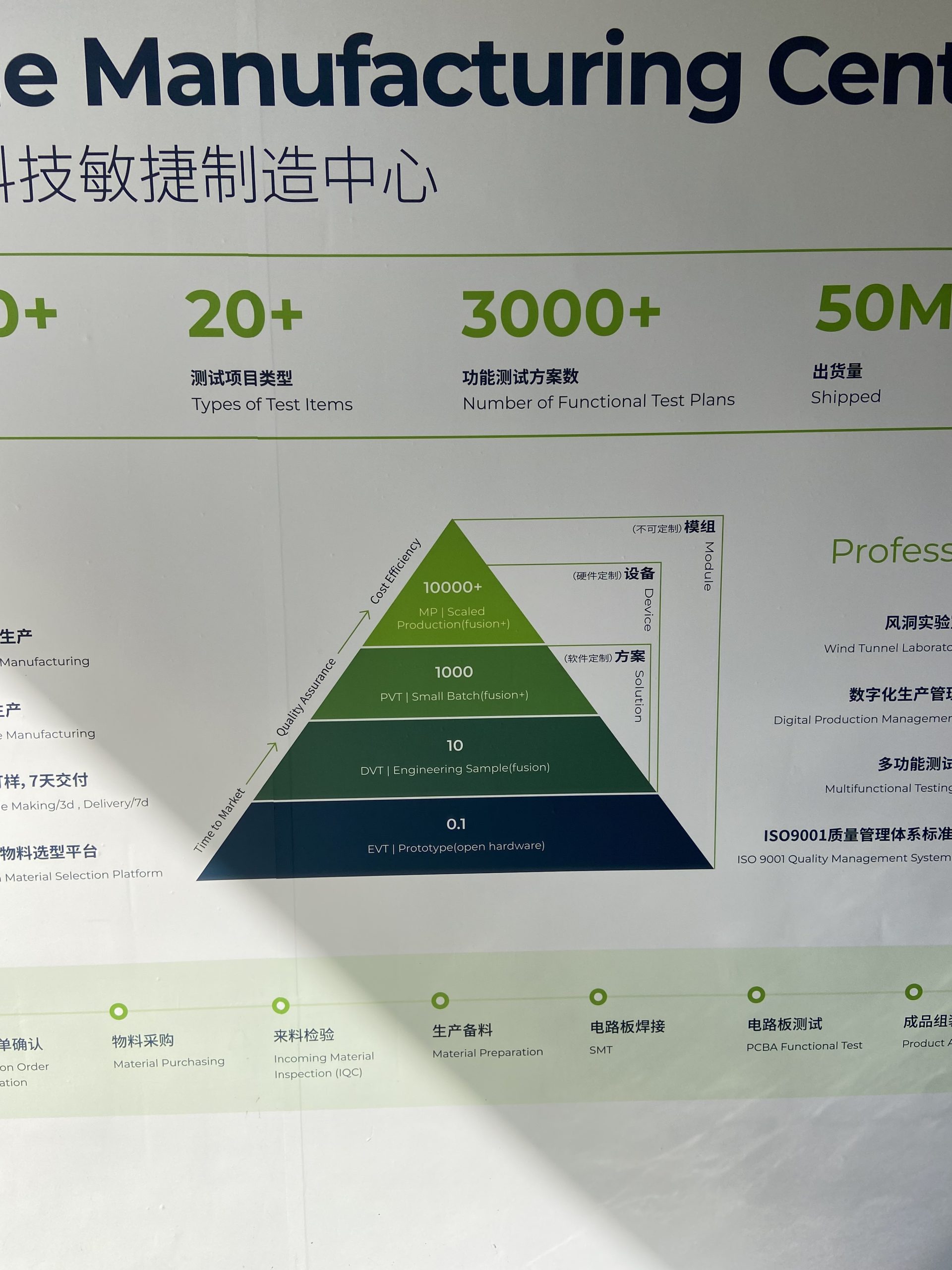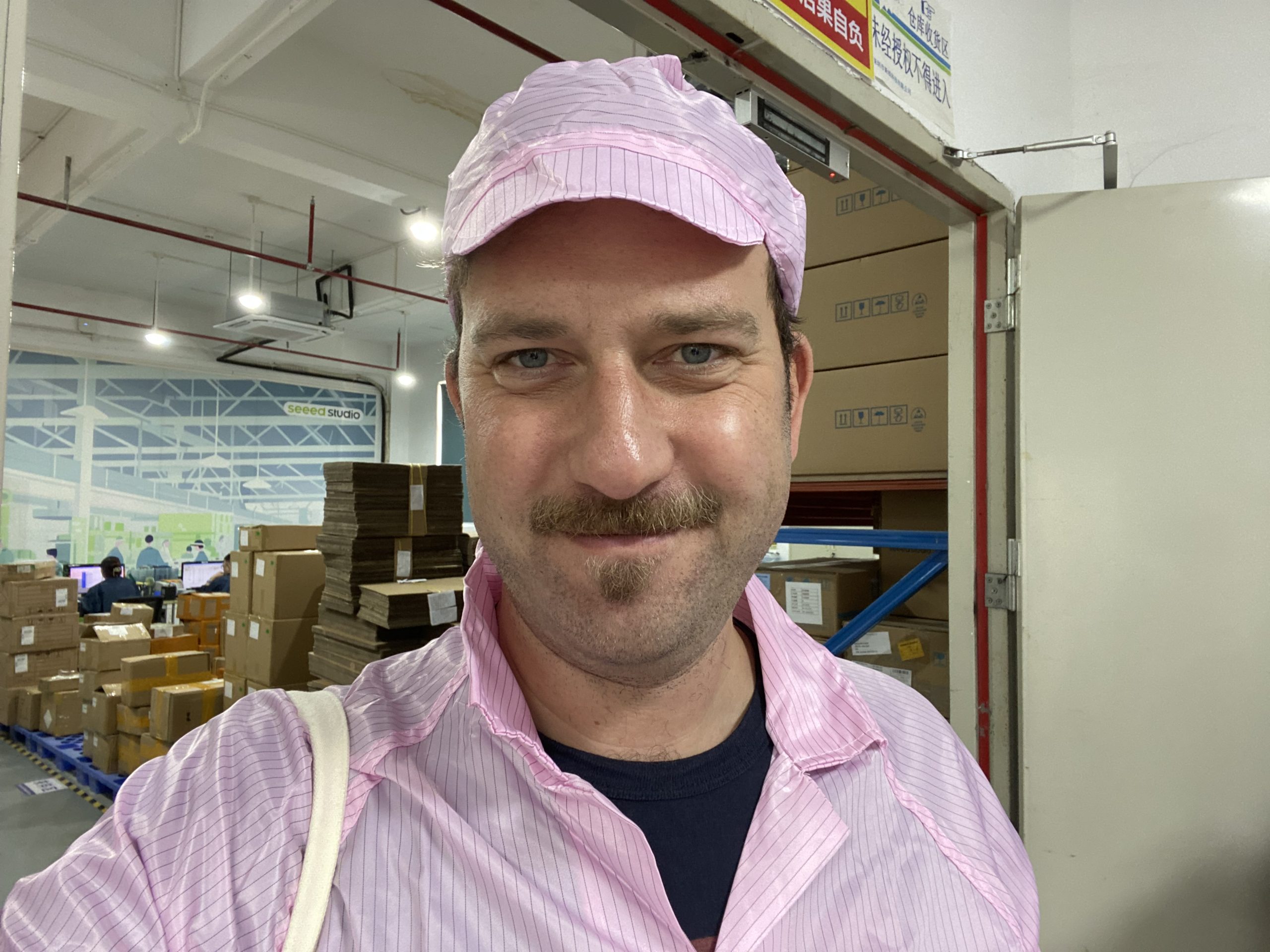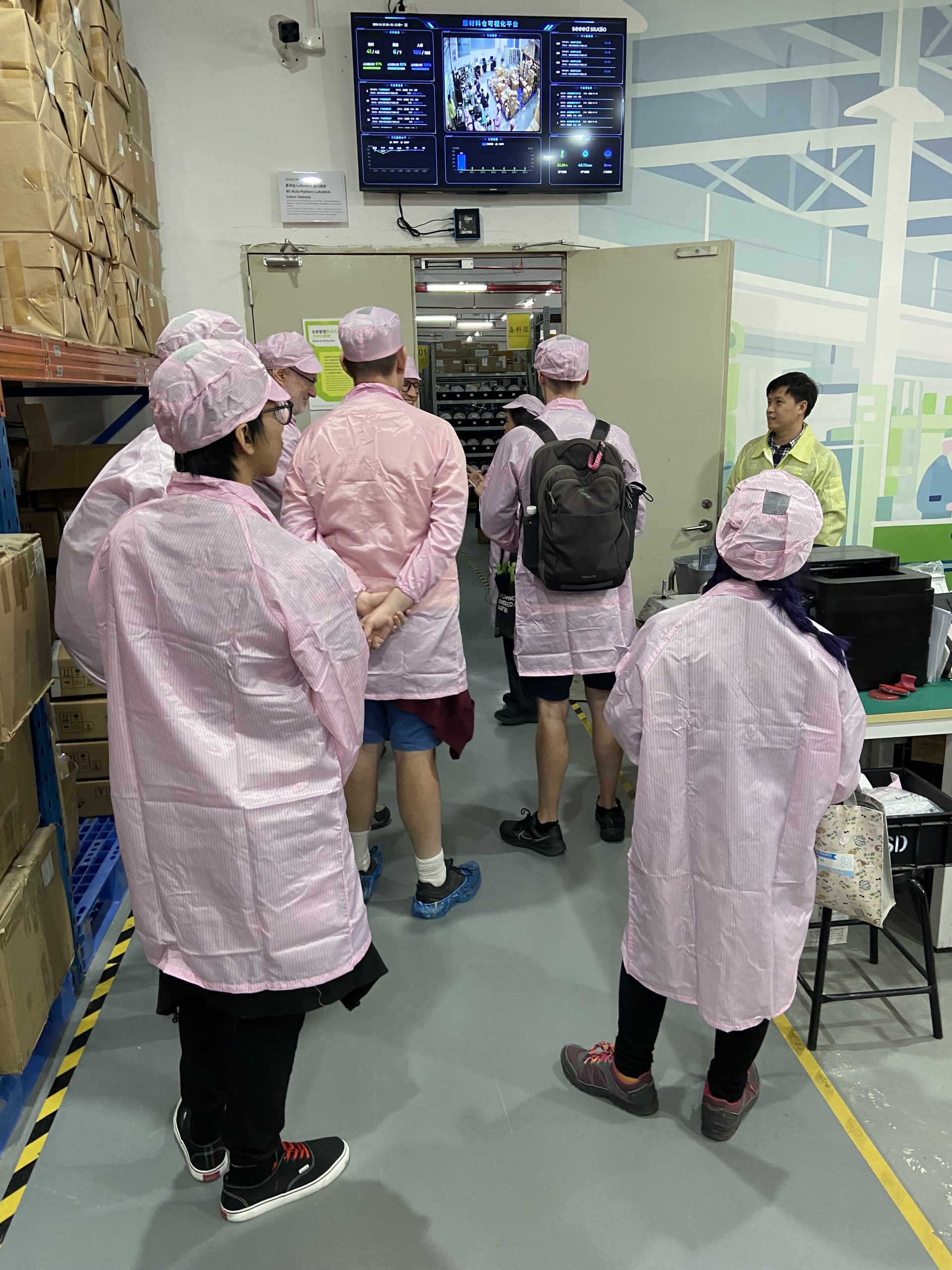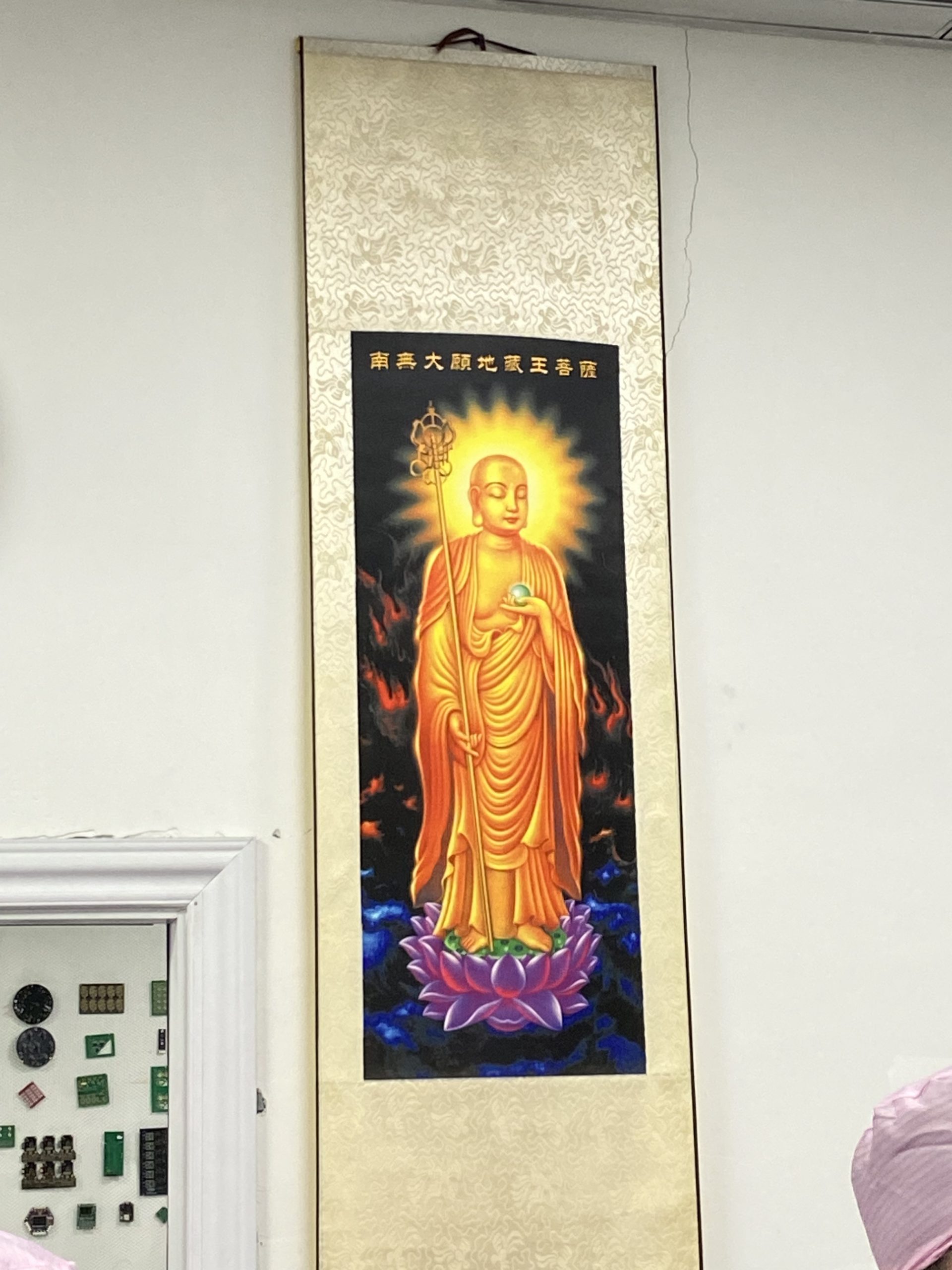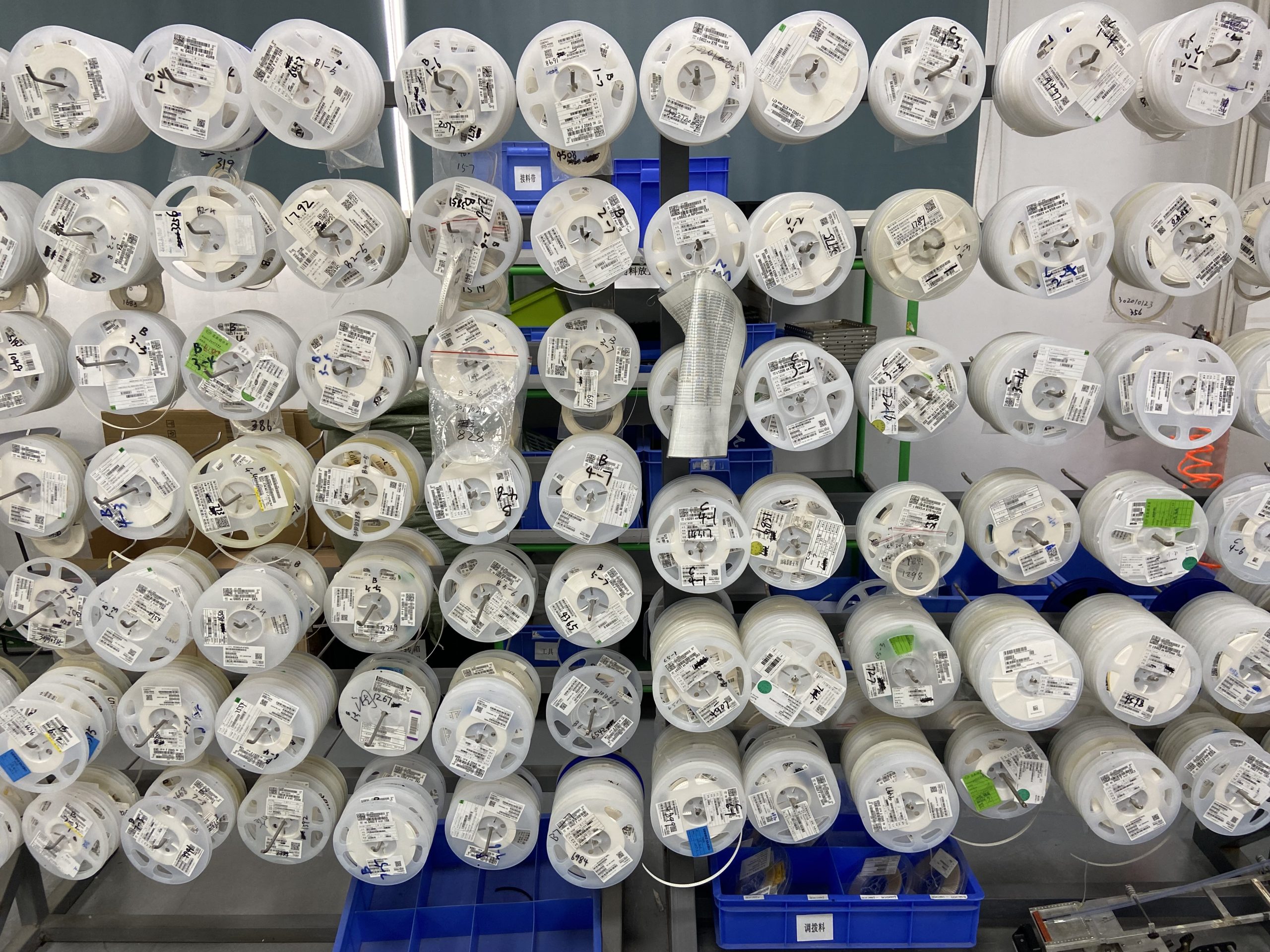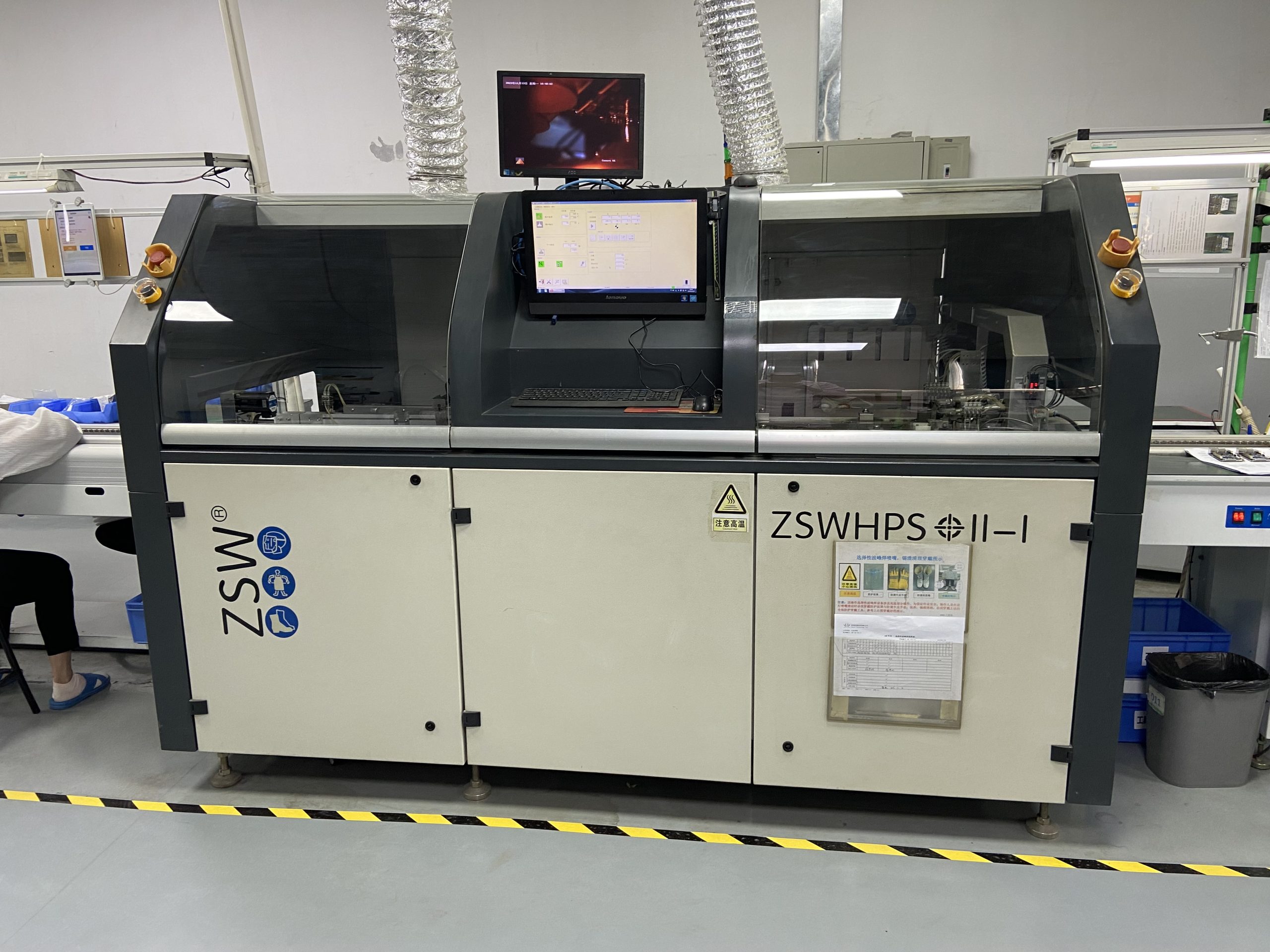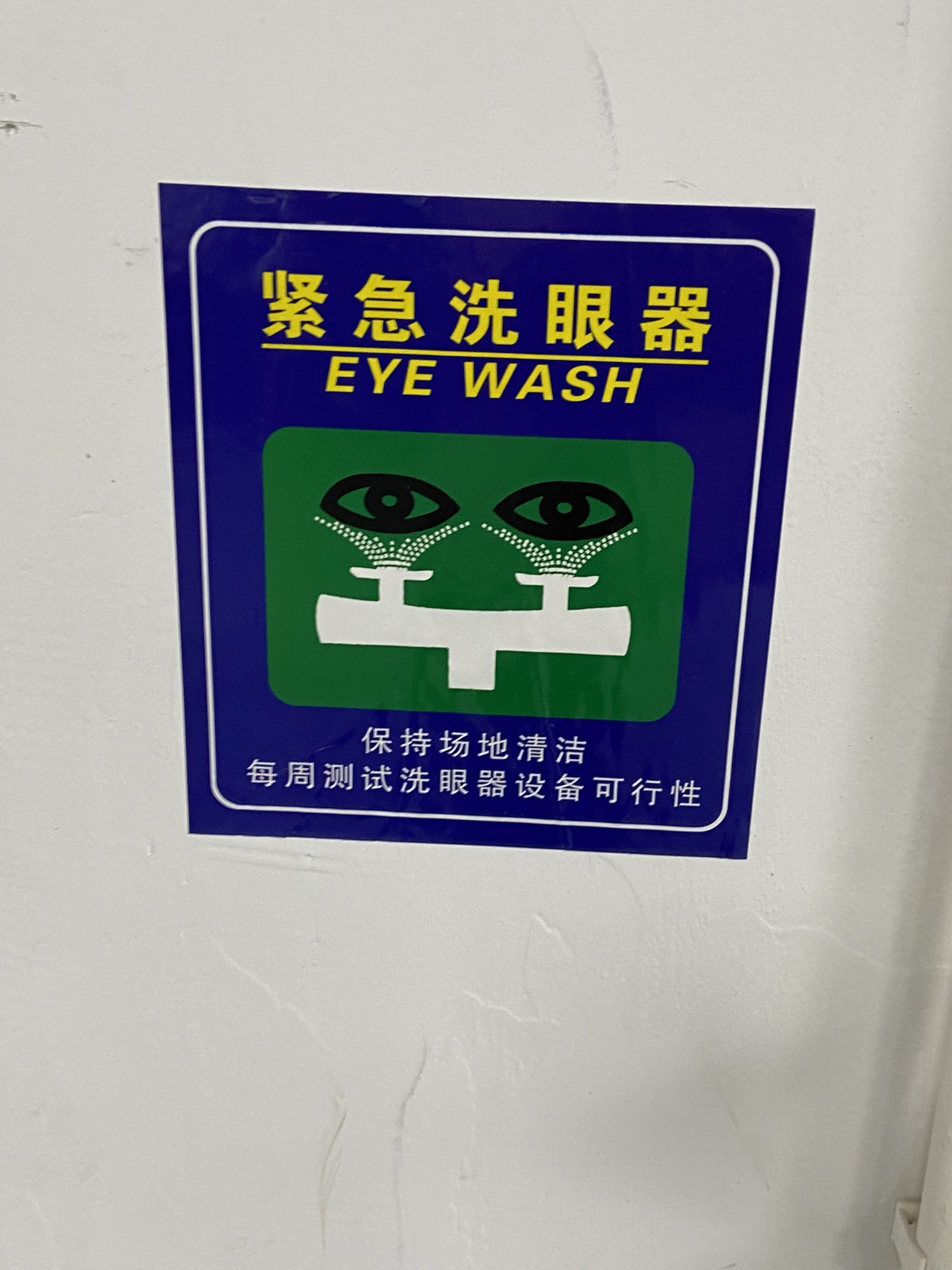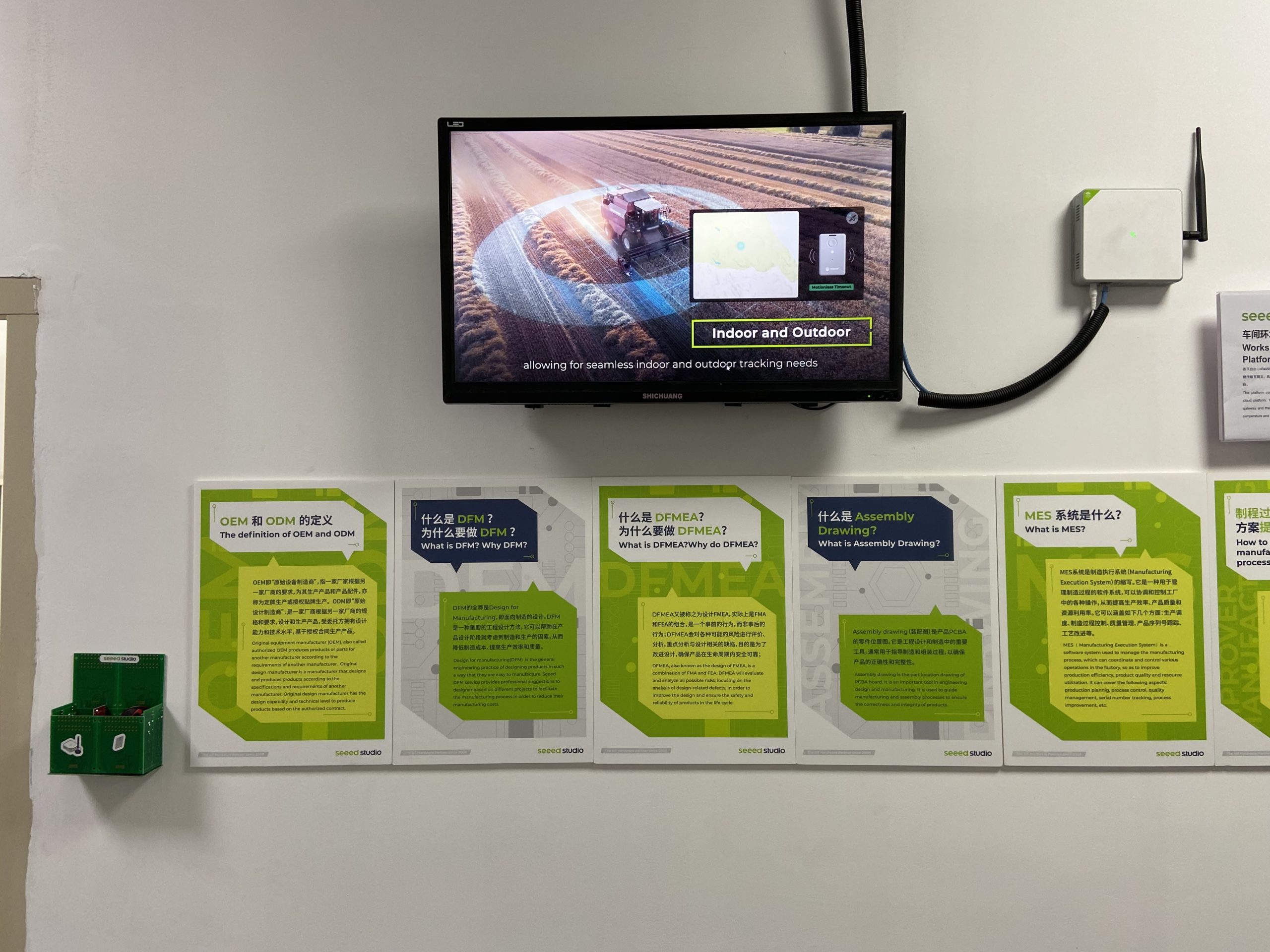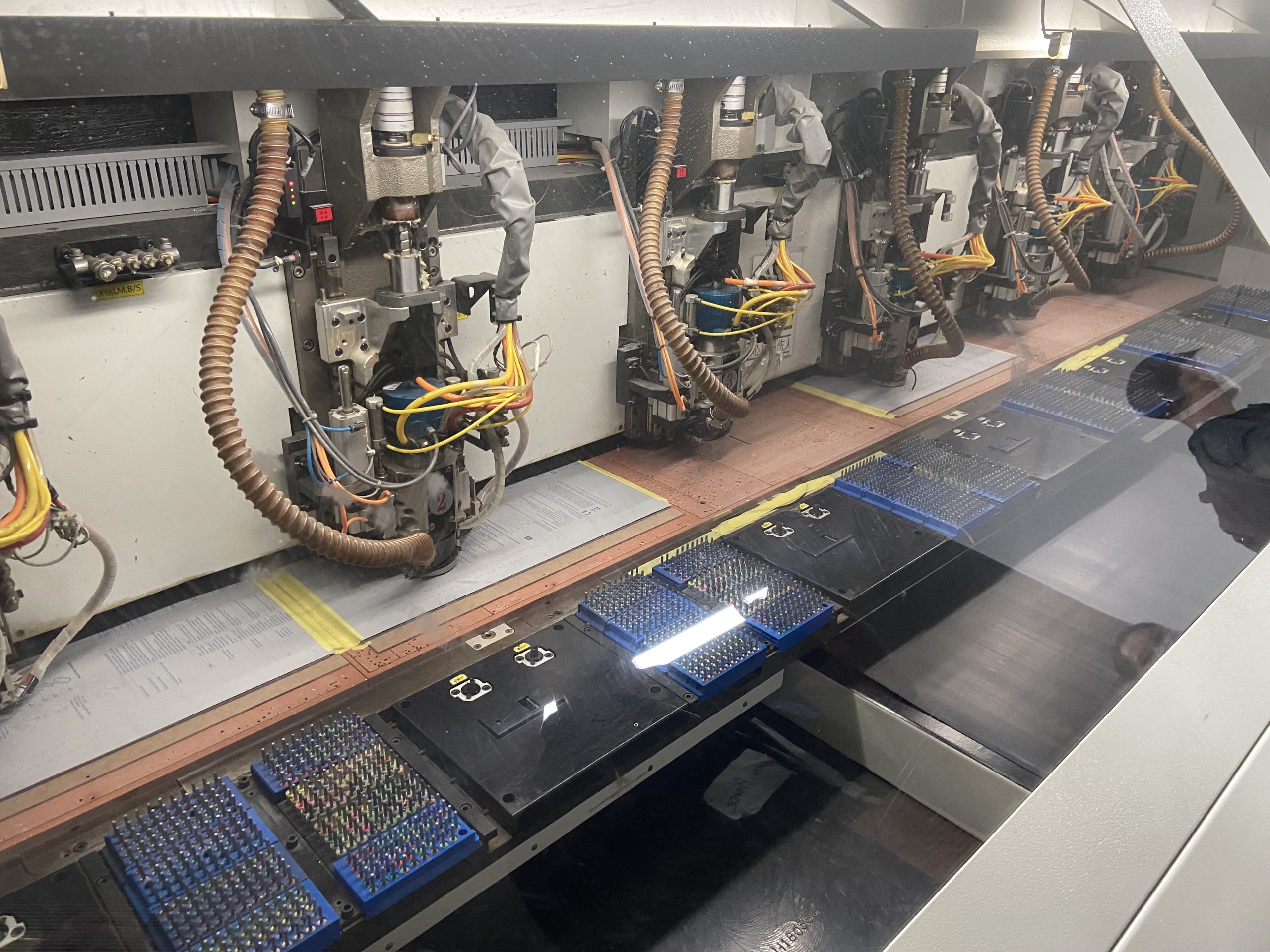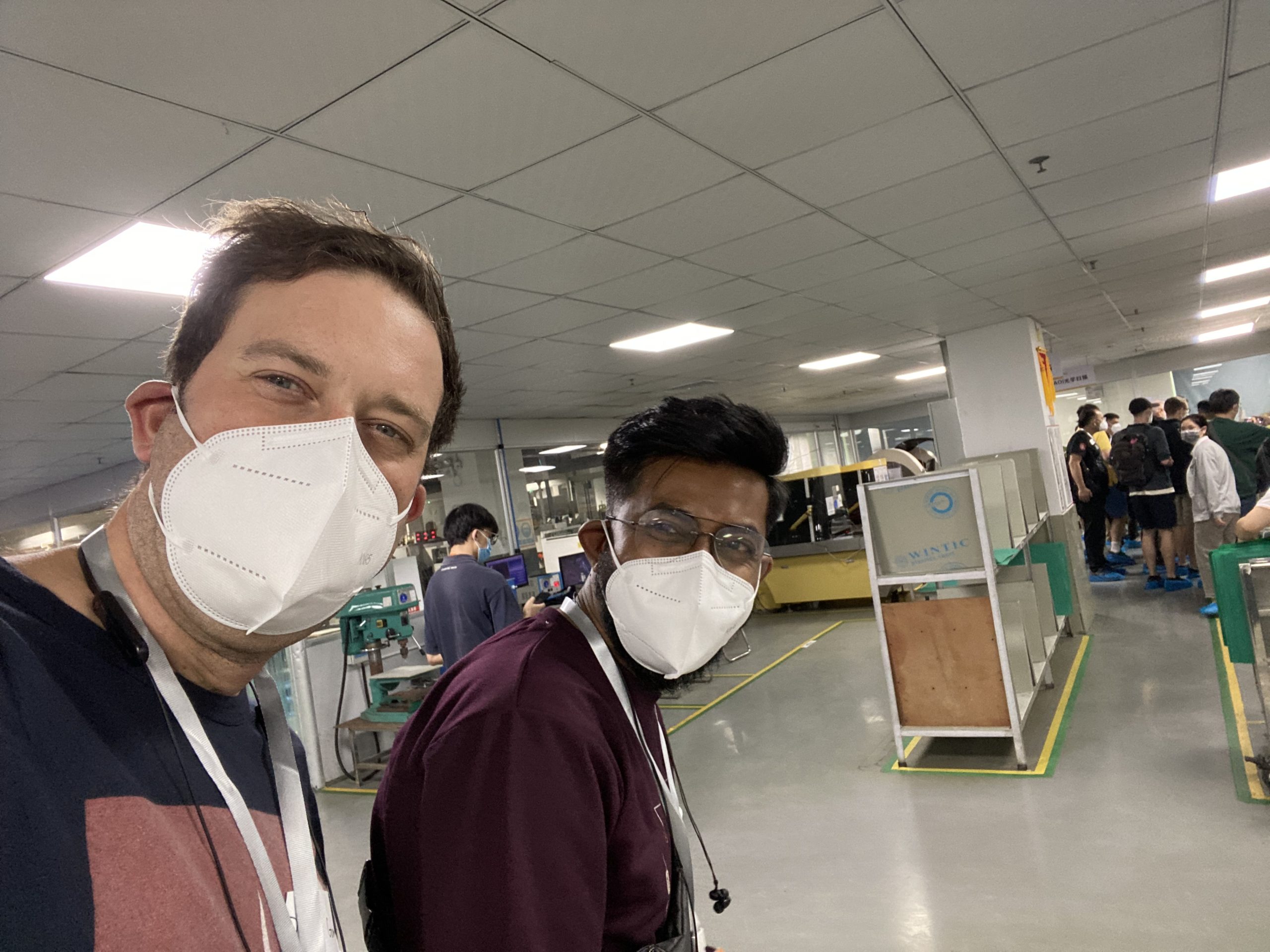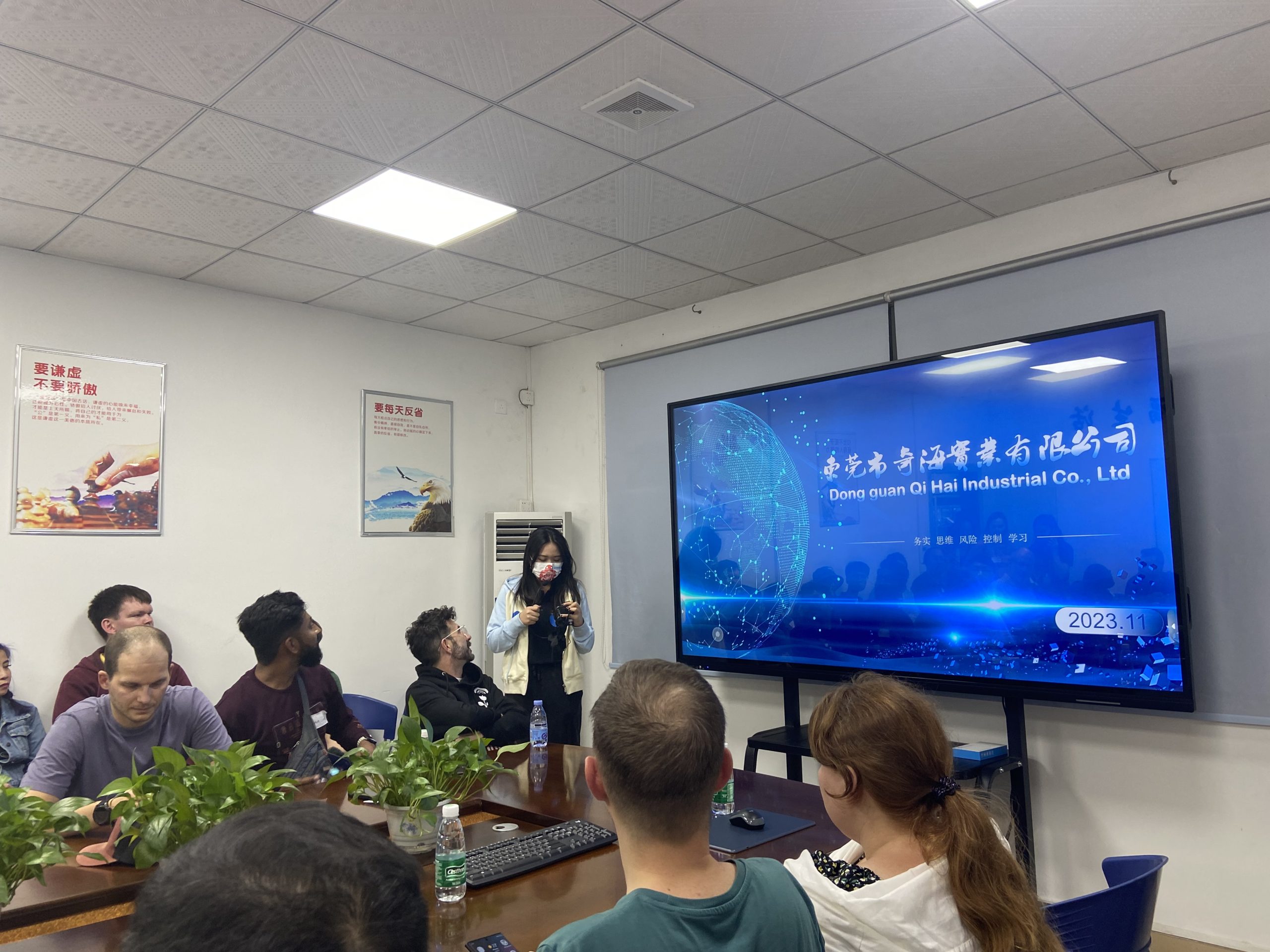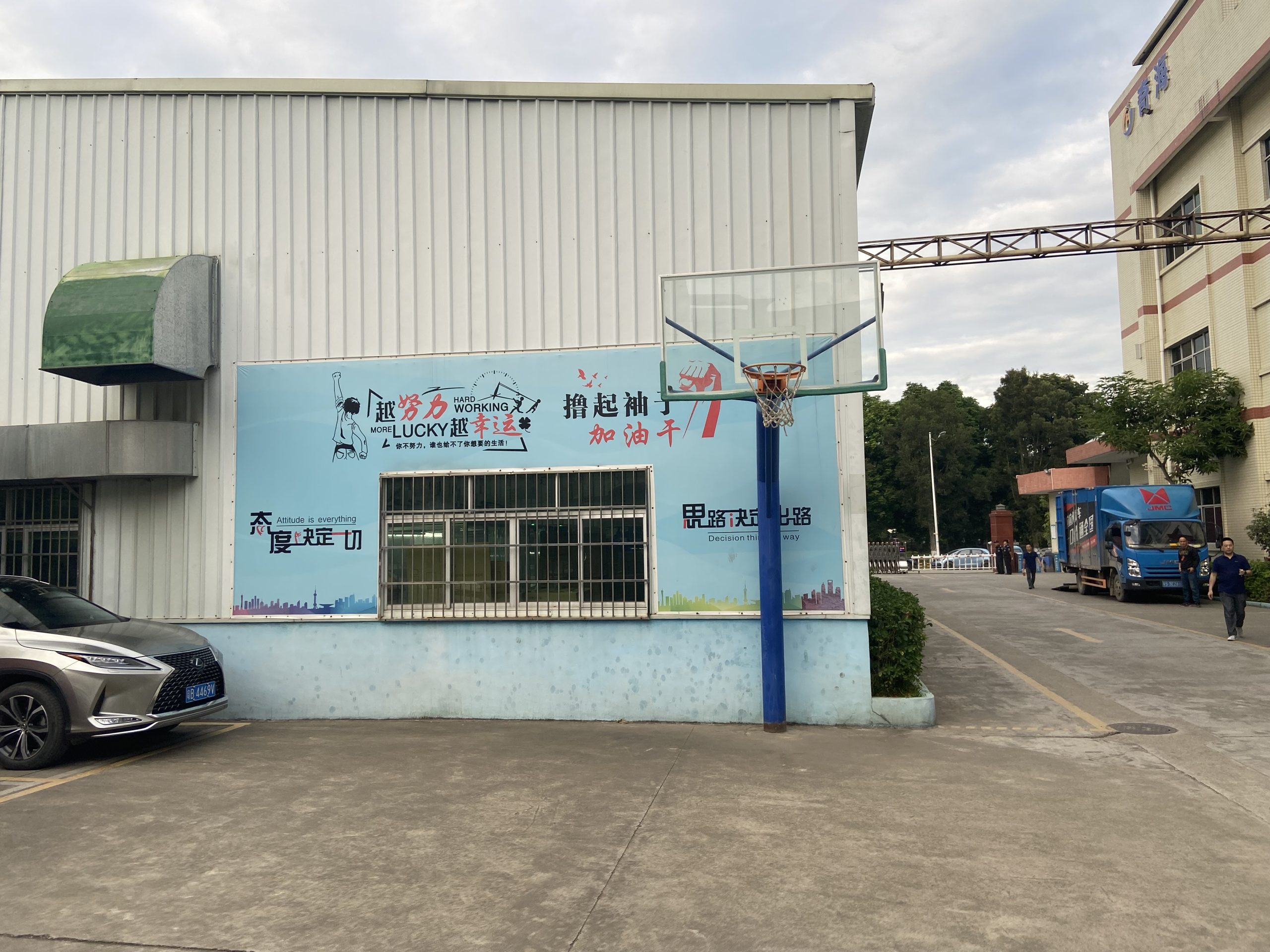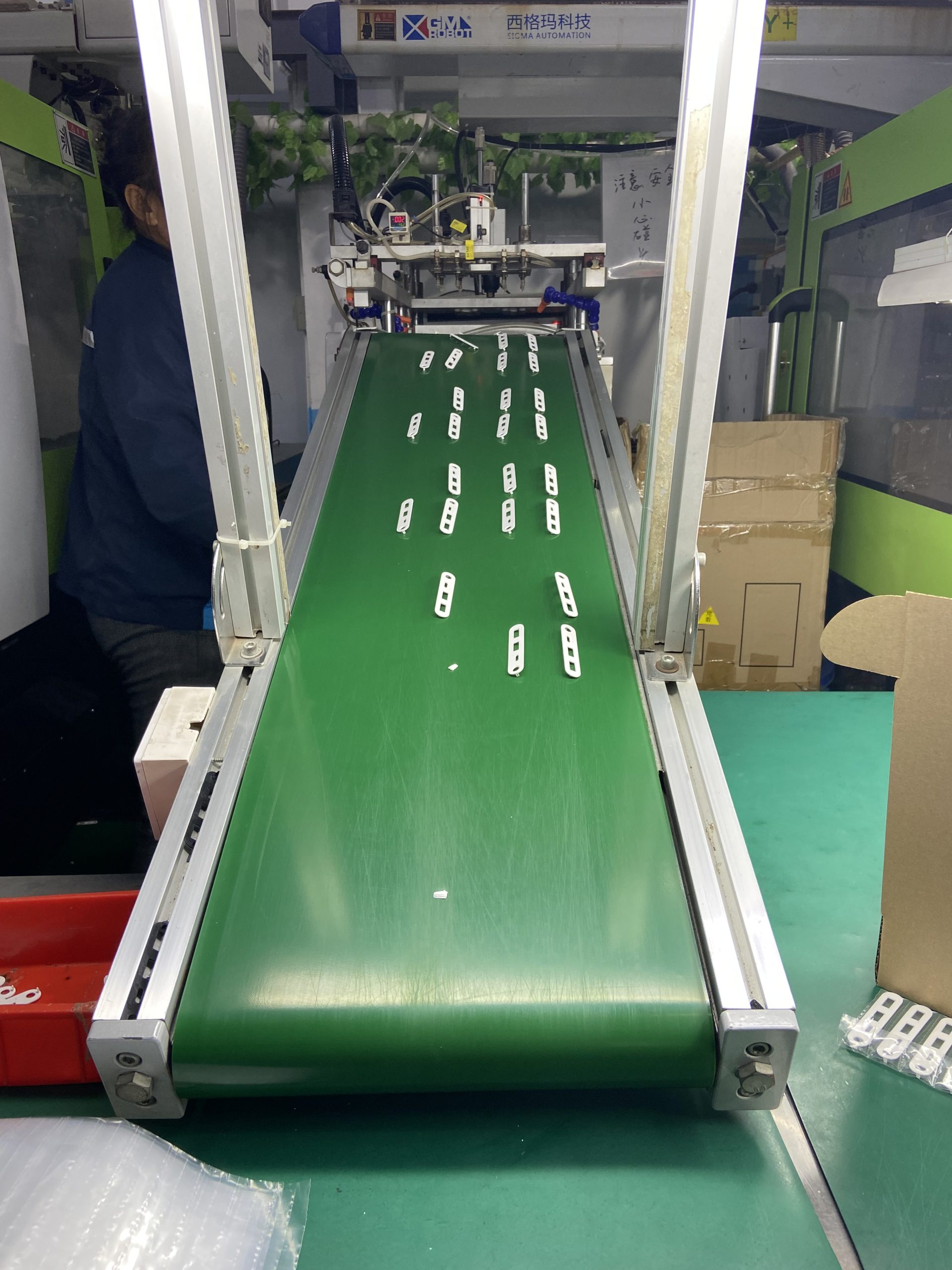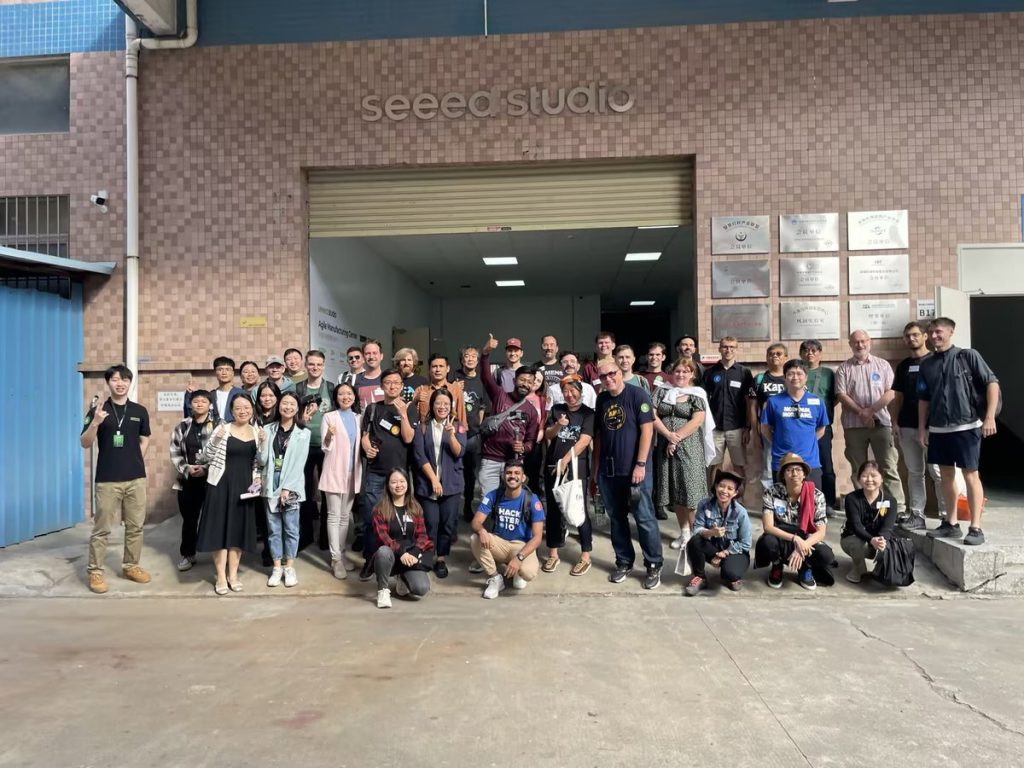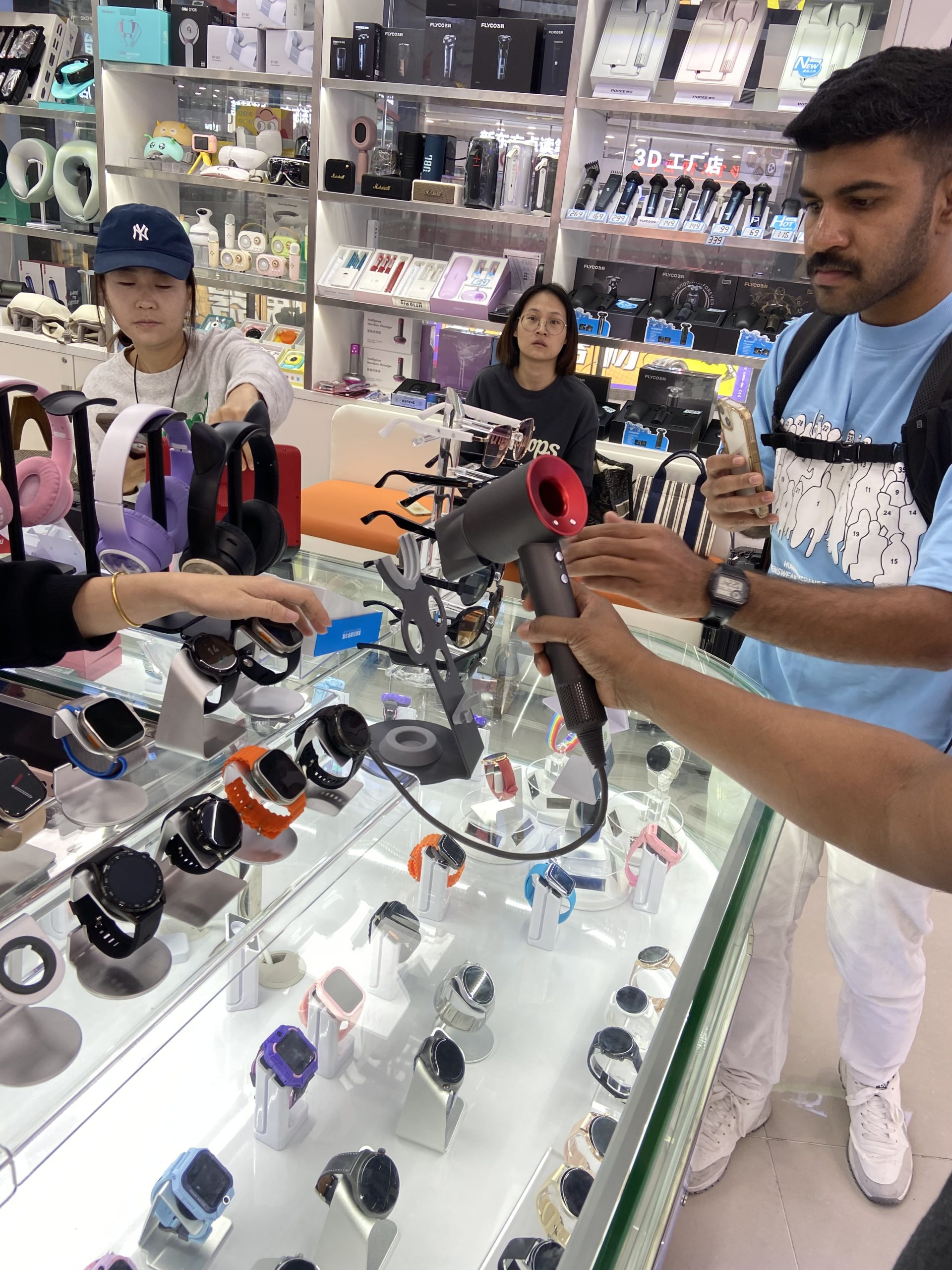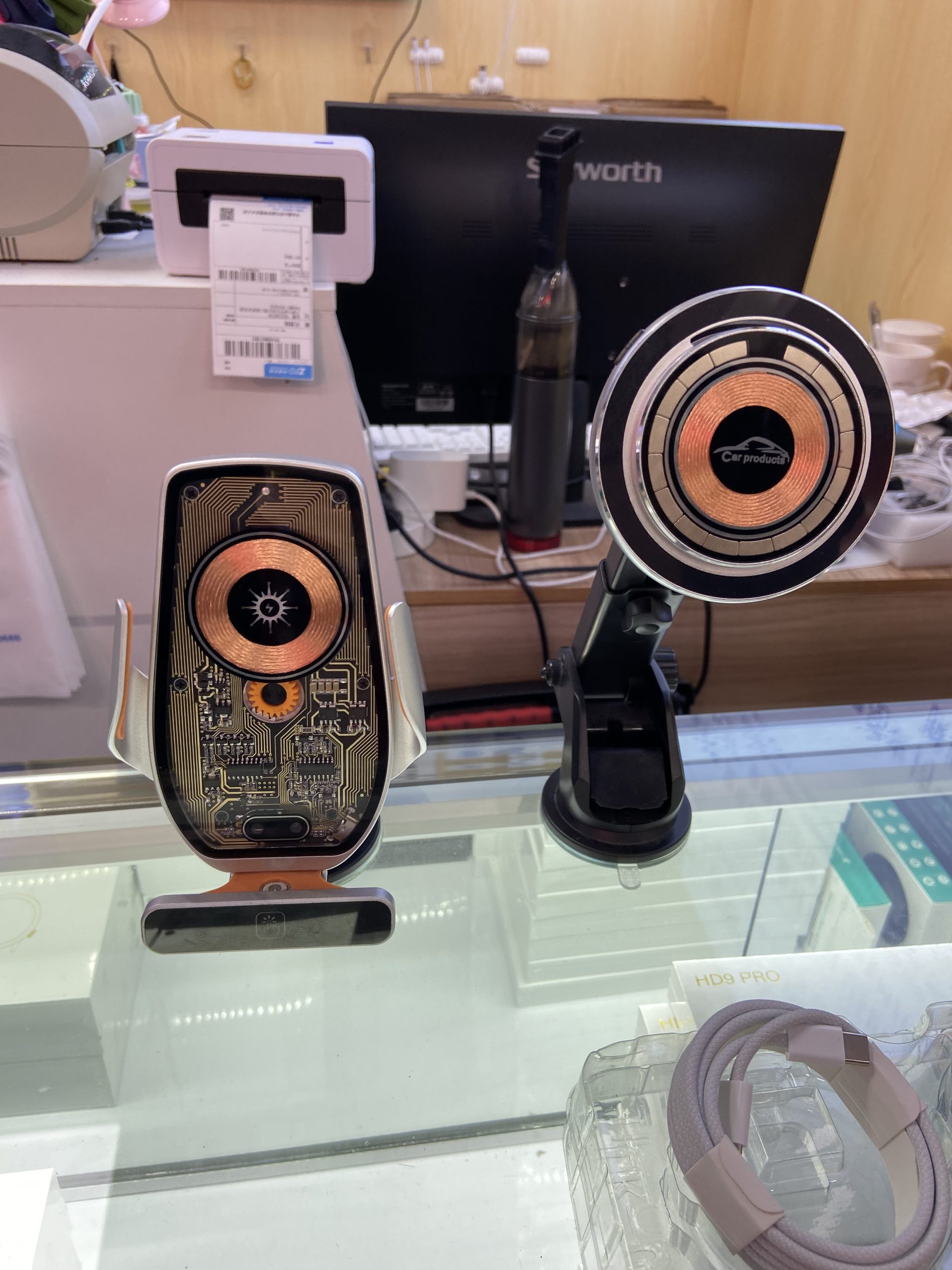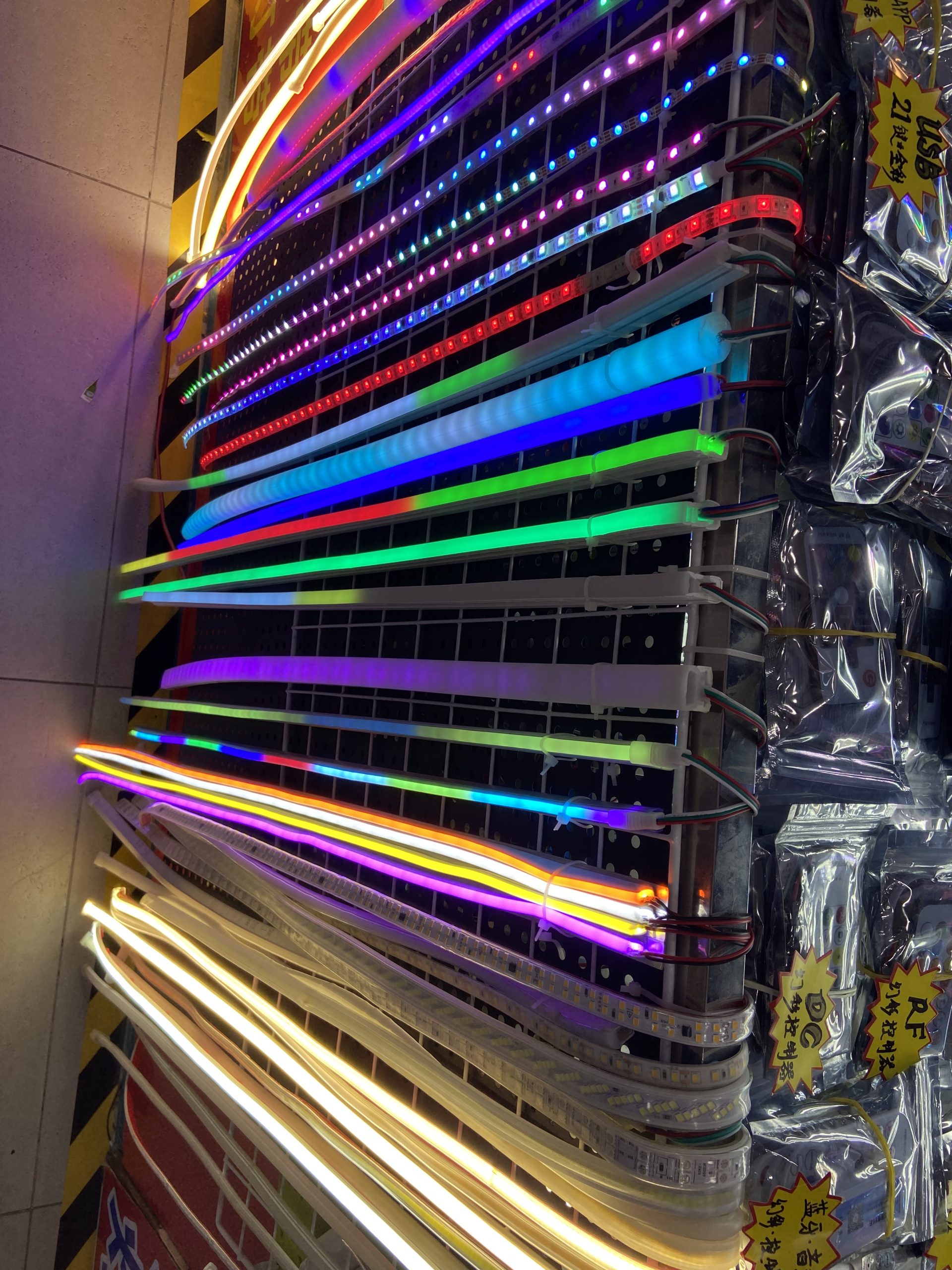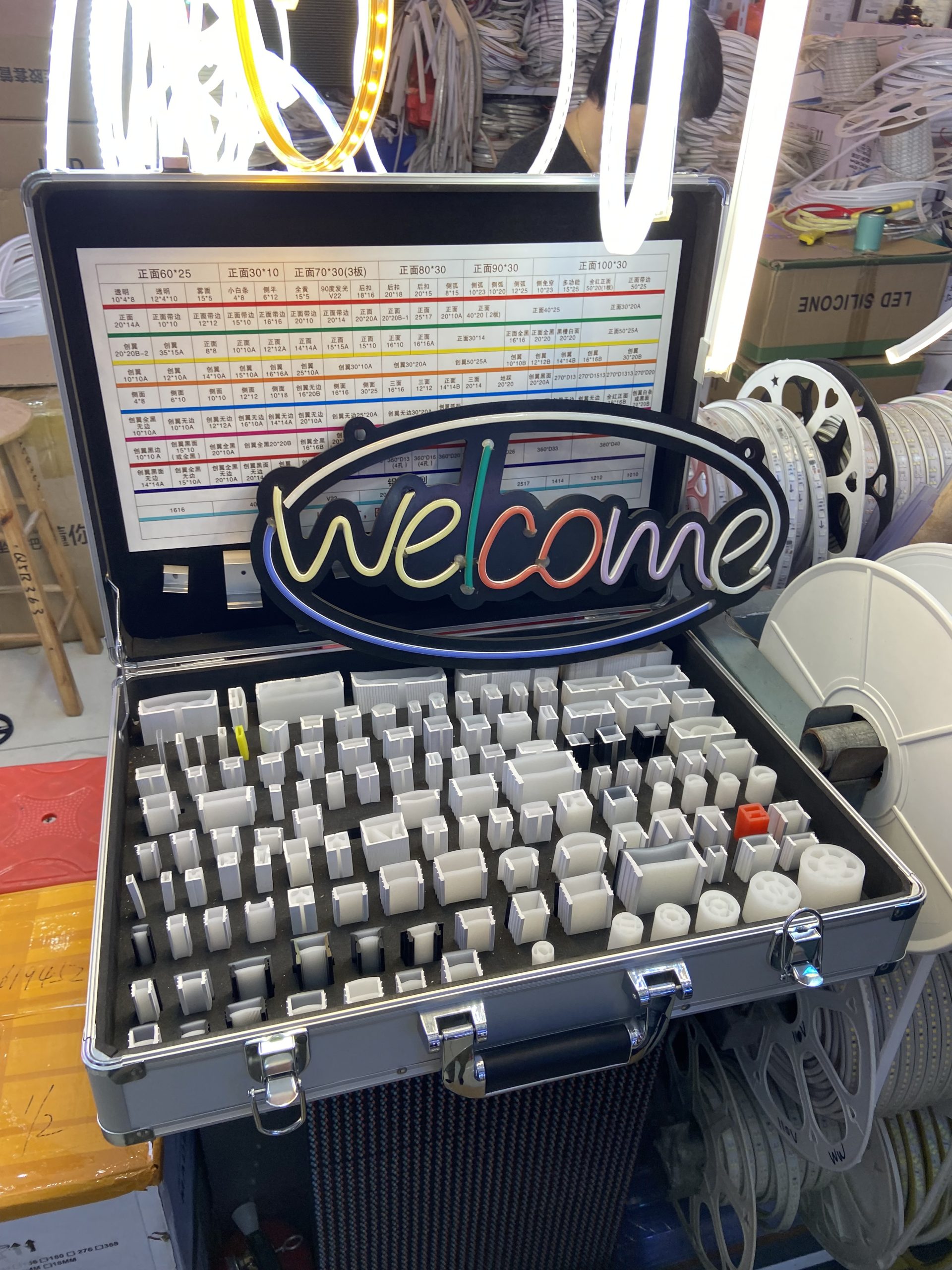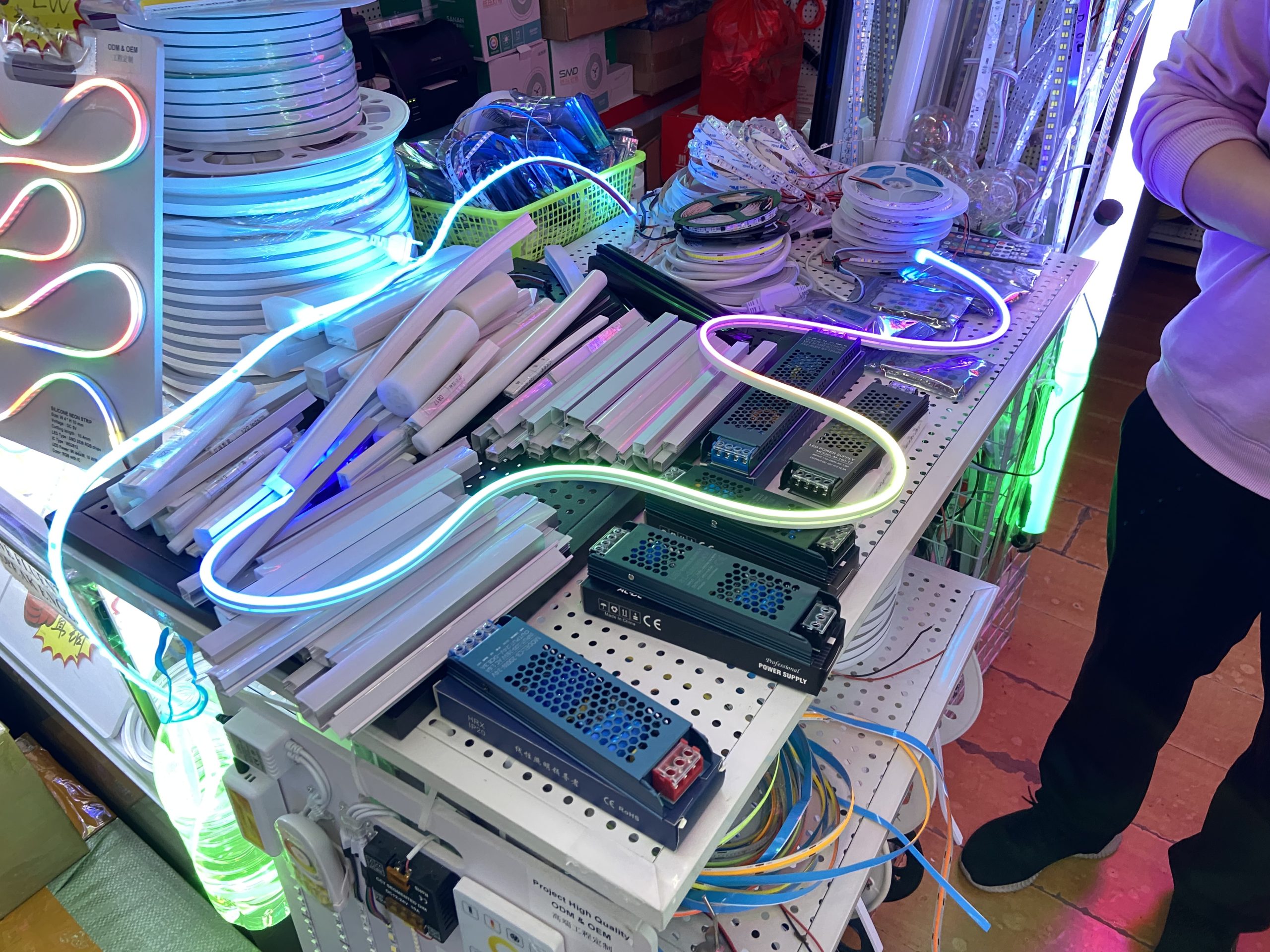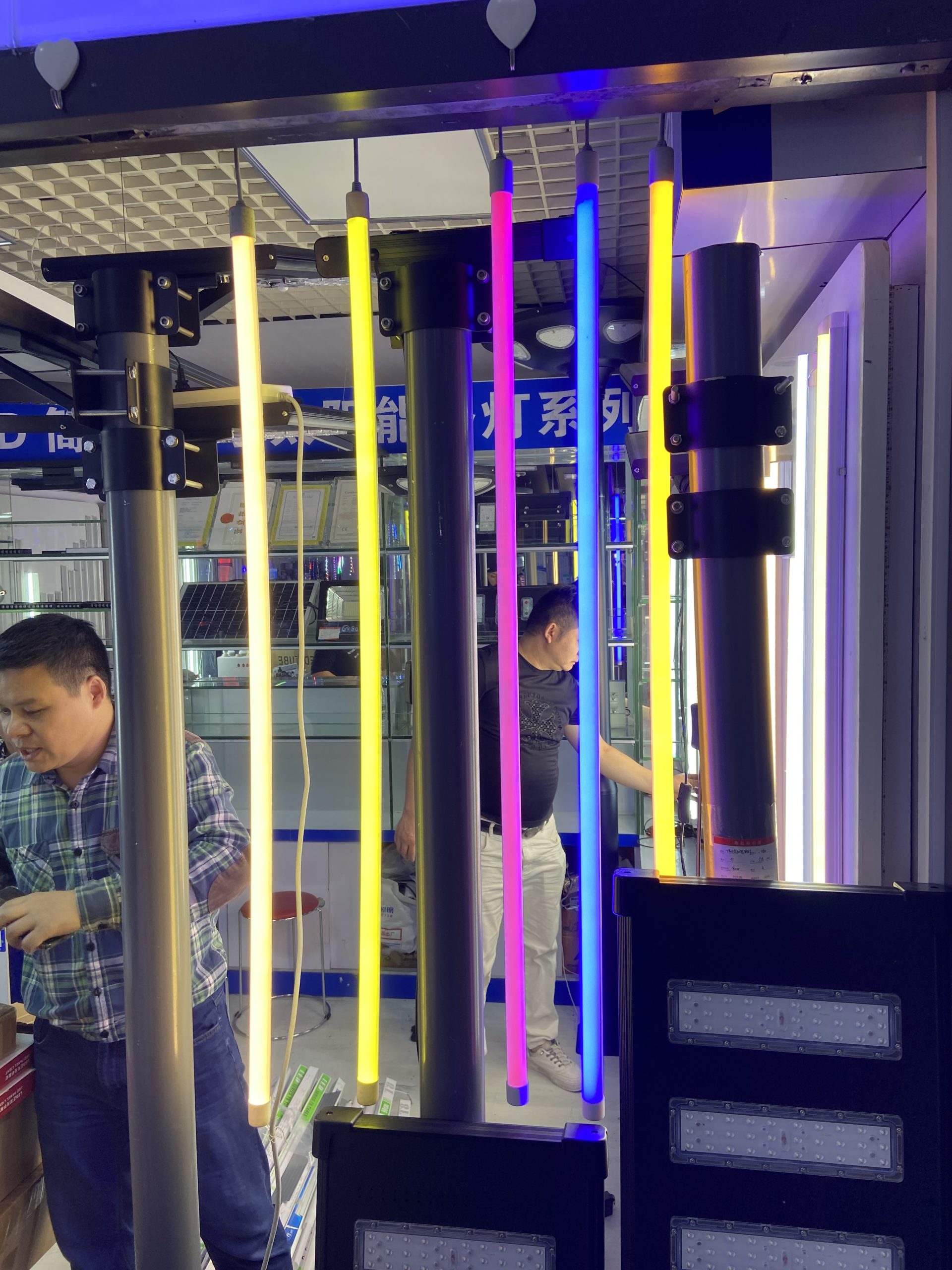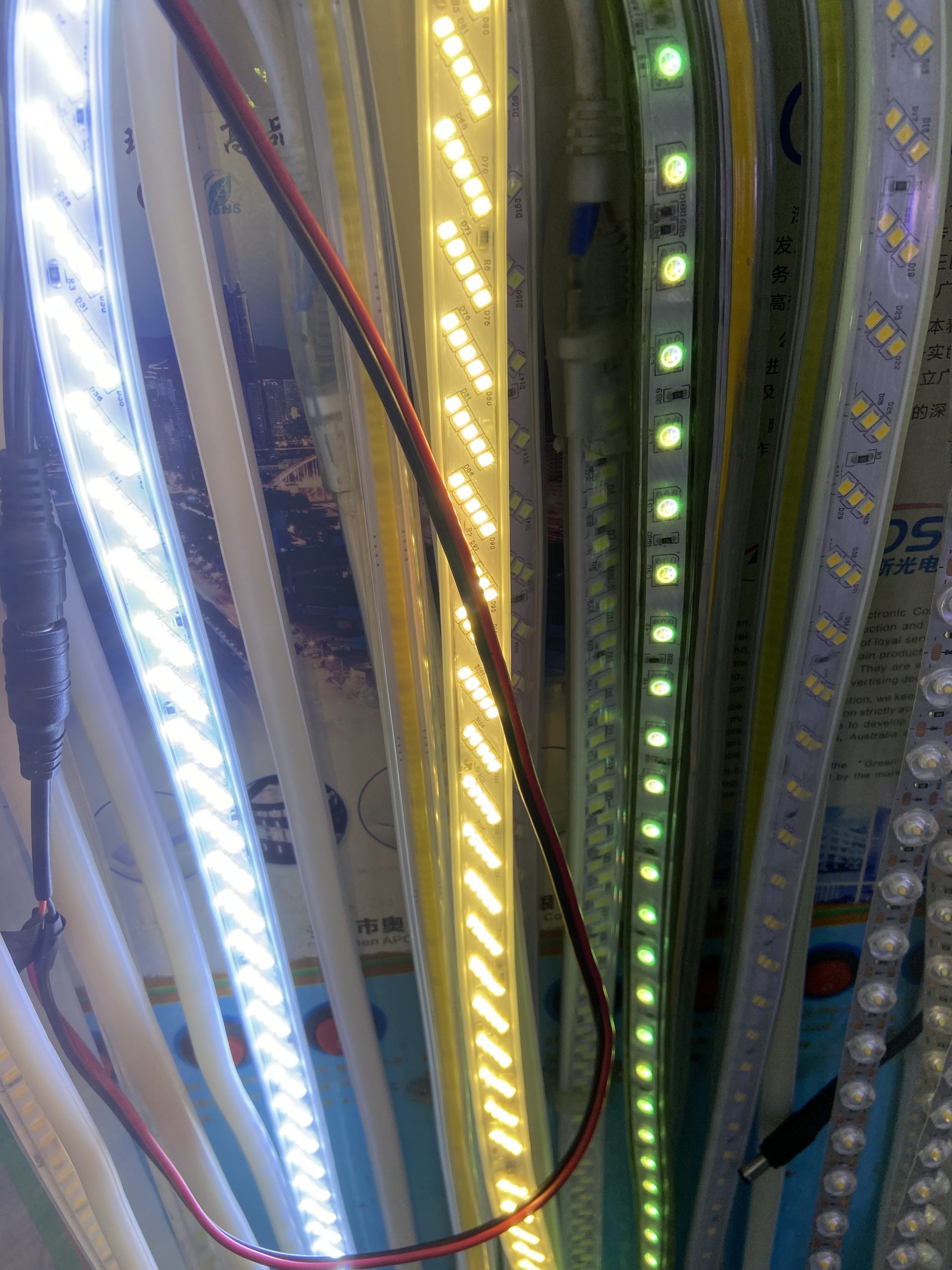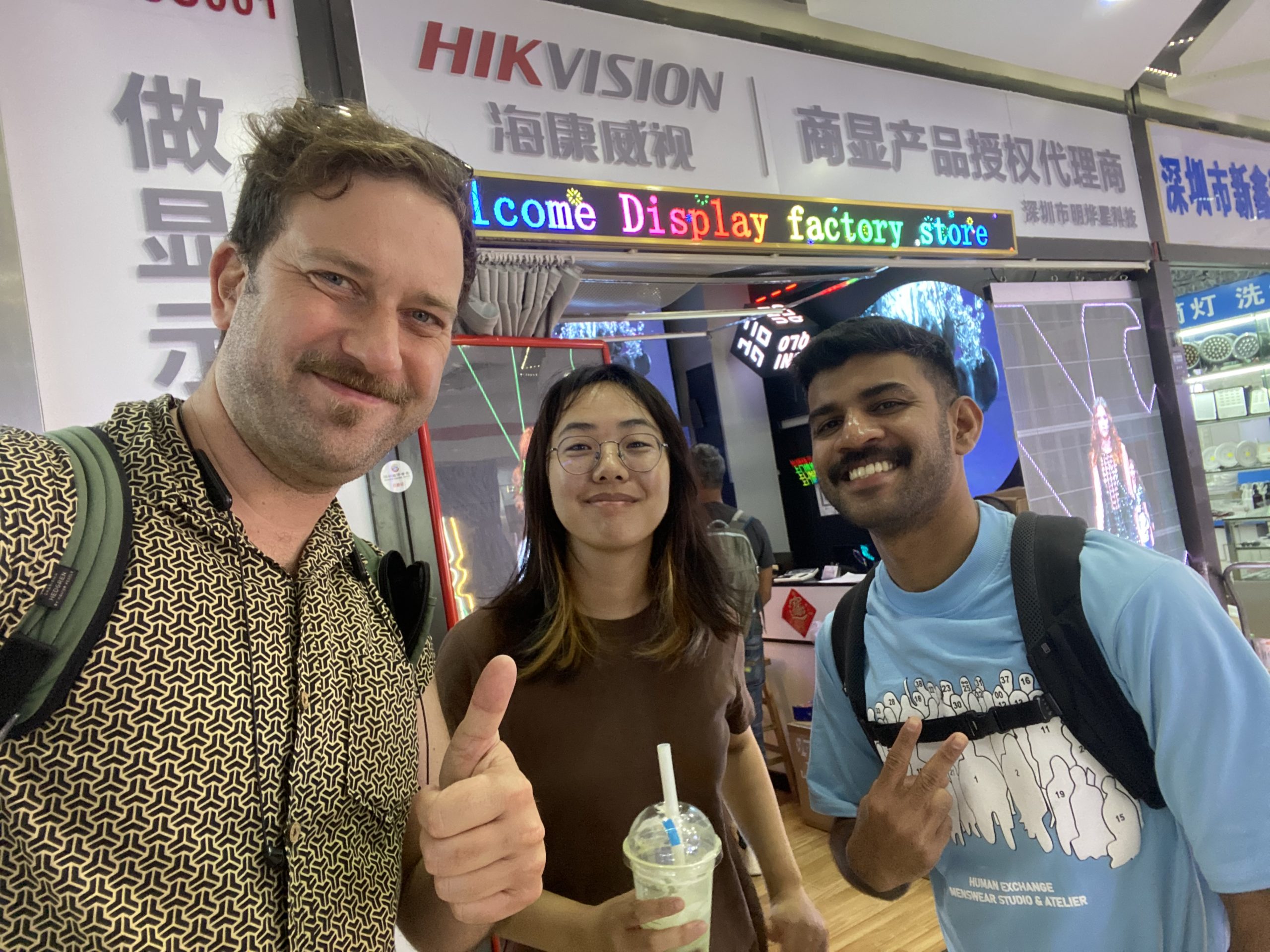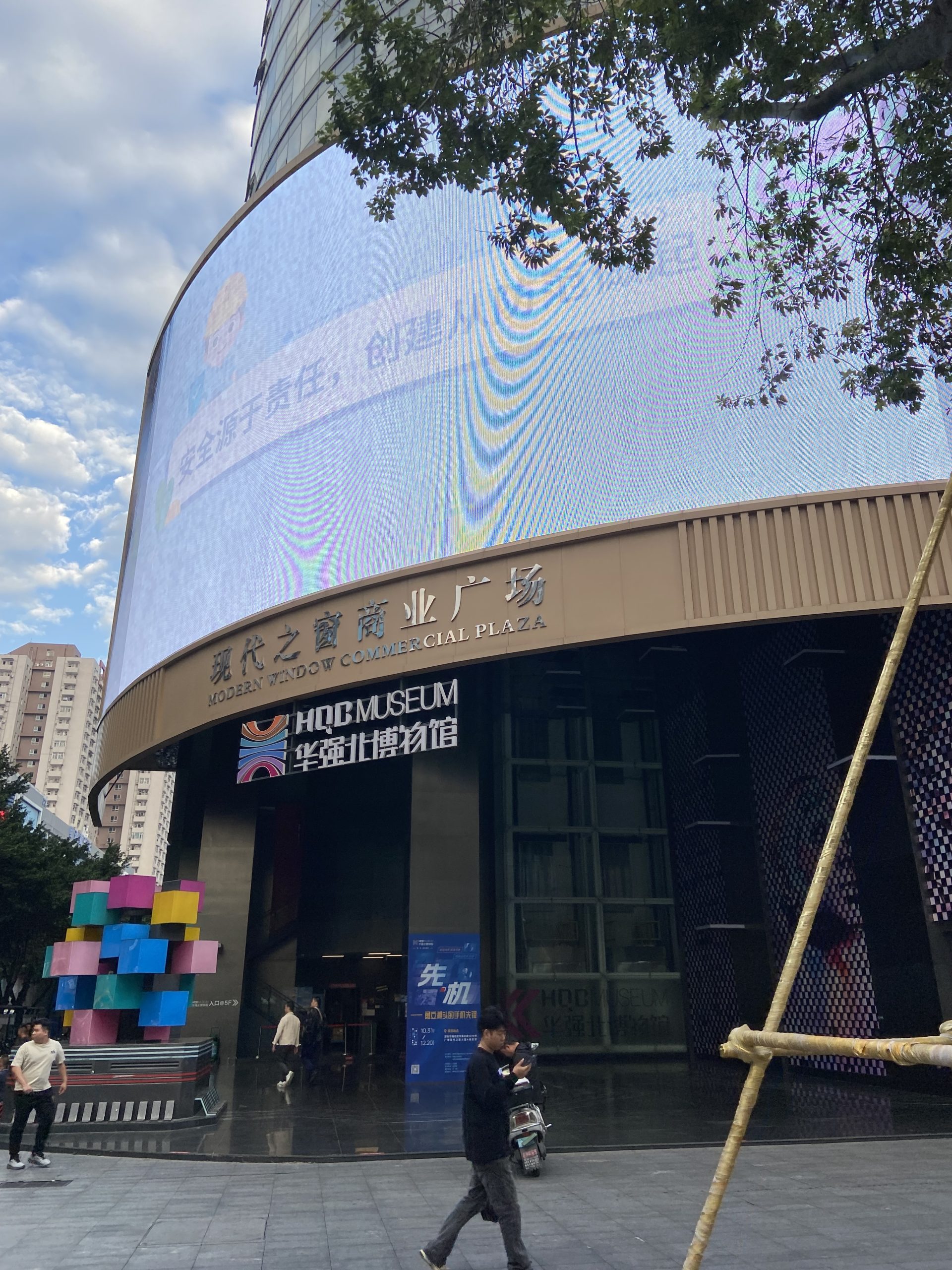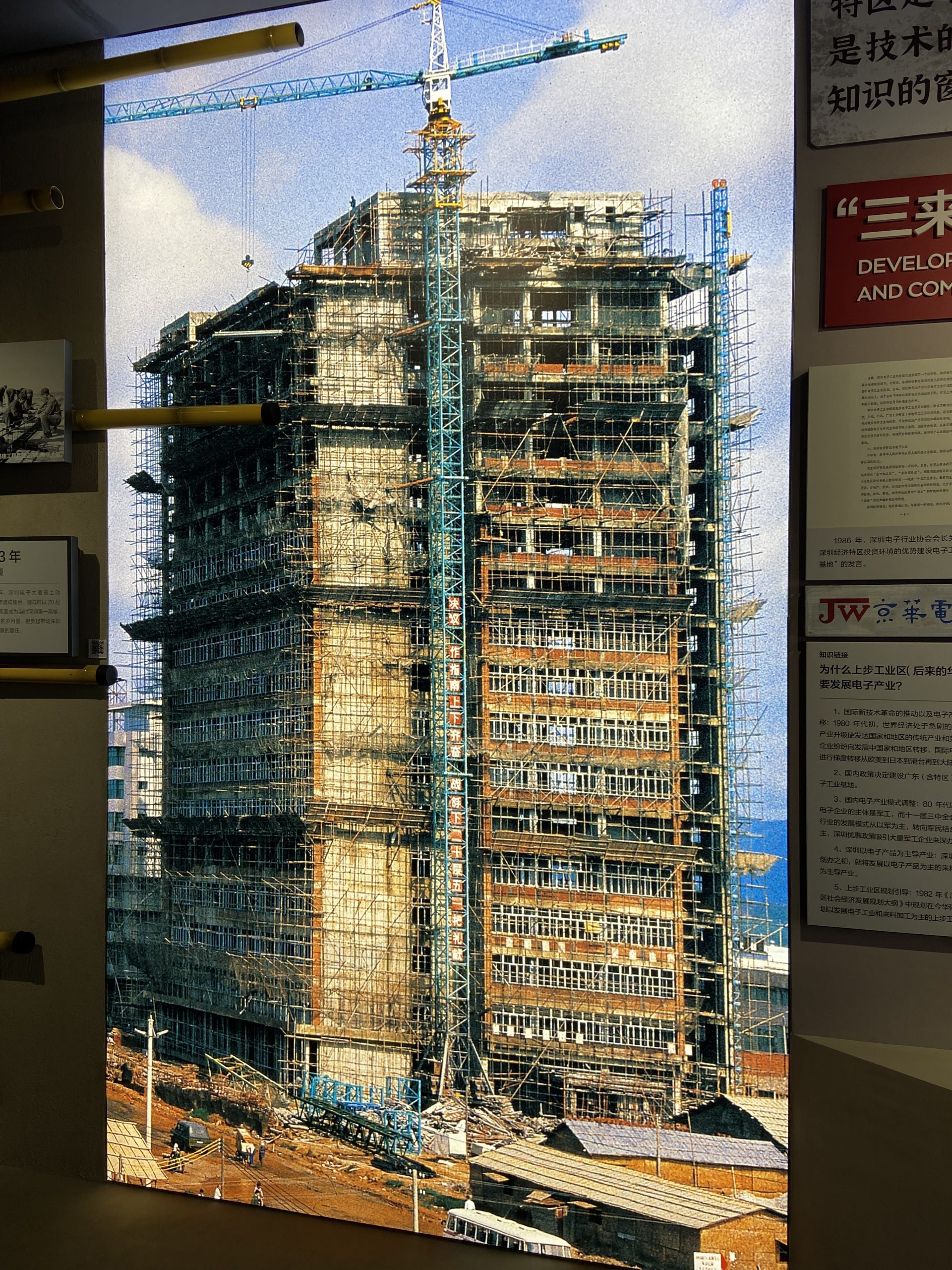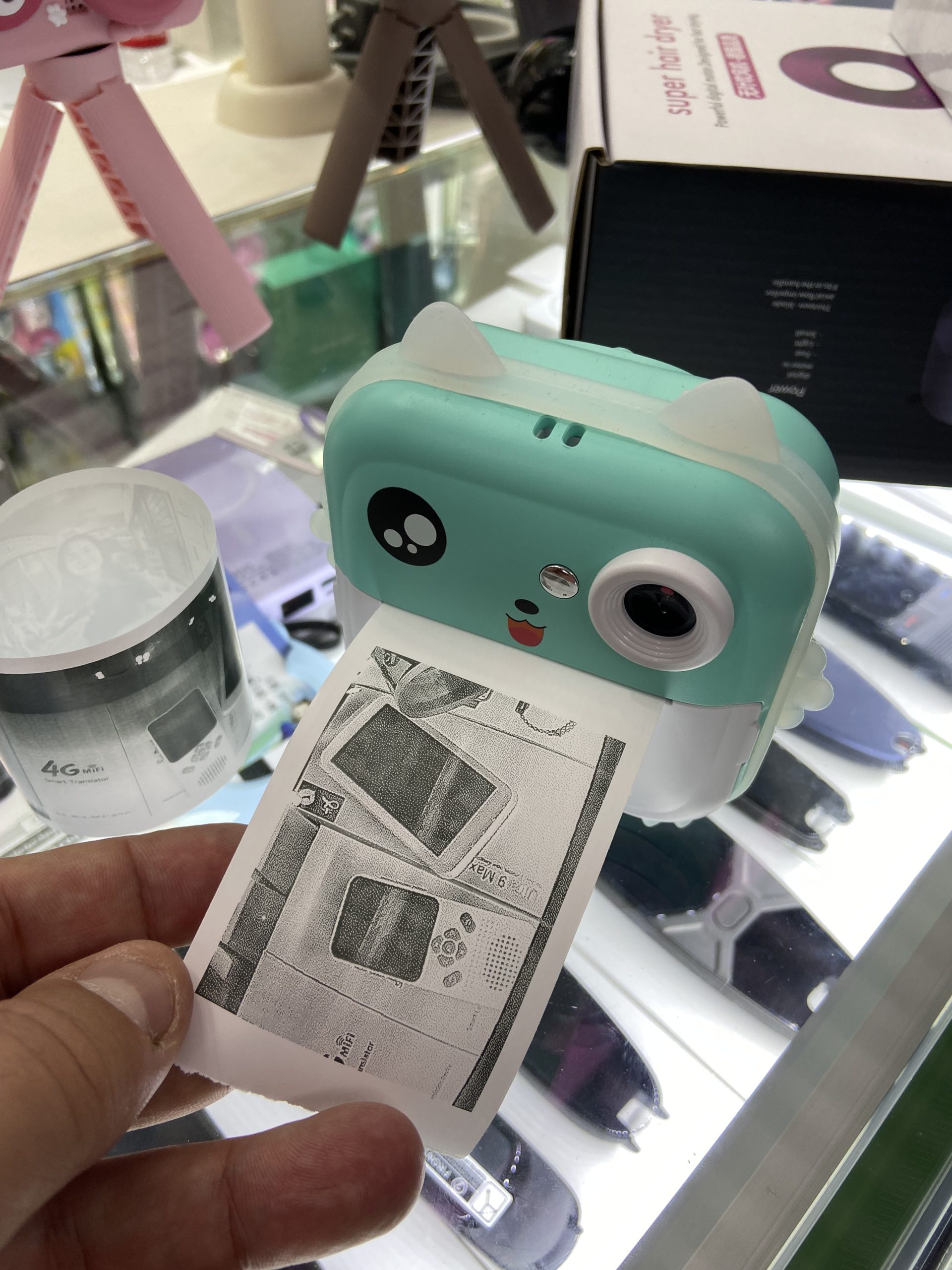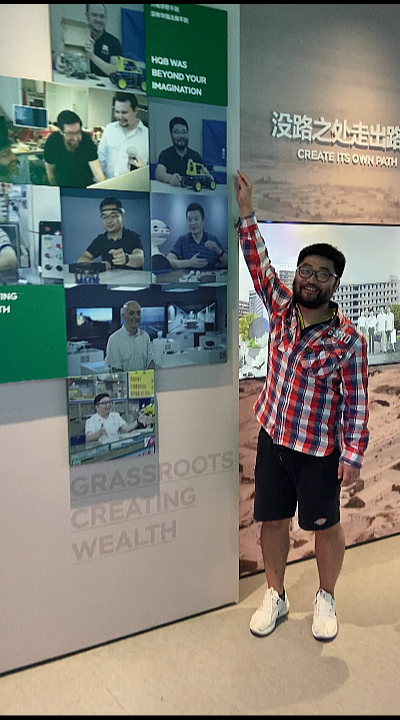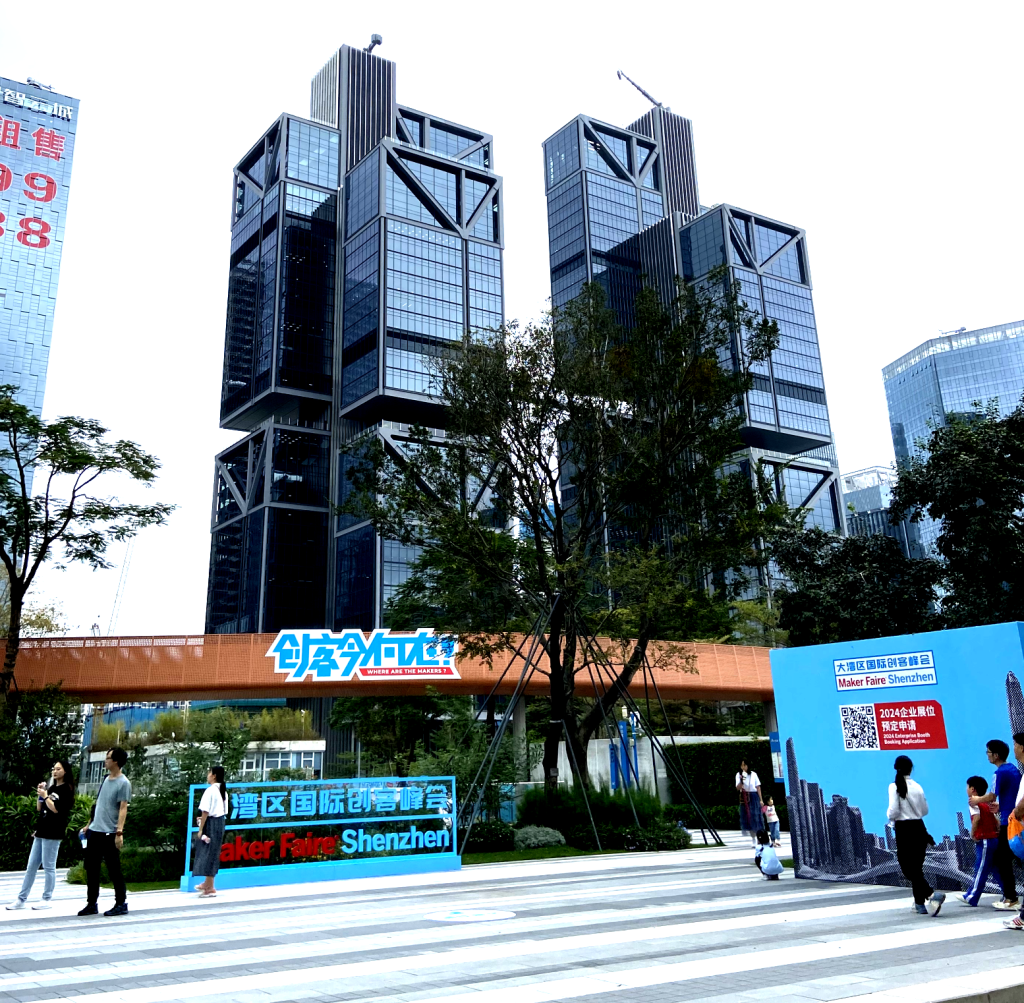
I had the pleasure and honor of attending the Shenzhen Maker Faire and catching up with many old and new friends in the strange and ever-changing city that is Shenzhen, Guangdong, China. A few words to tell what I did in 6 days in the electronics capital.
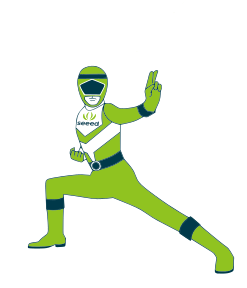
Why was I there?
(For a while now and quietly) I have been a Seeedstudio Ranger, along with the legendary Salman Faris, a maker and tinyML enthusiast from India. It was a pleasure to meet him in person along with the Seeedstudio team we collaborate with.
We are working on many projects together. From the Hazard Response Mission Pack to the courses we will soon bring to Italy on Tiny Machine Learning and the like, along with other home automation and on field implementations of various devices, both SenseCAP and more at the prototype level (Xiao and Wio Terminal + Grove)
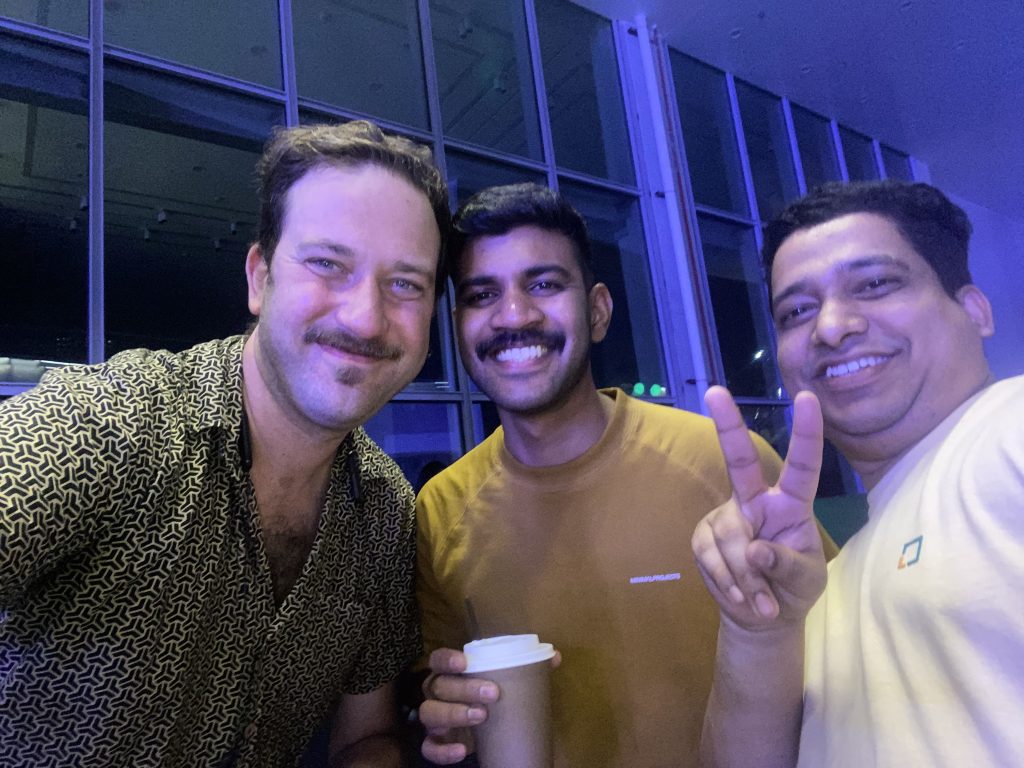
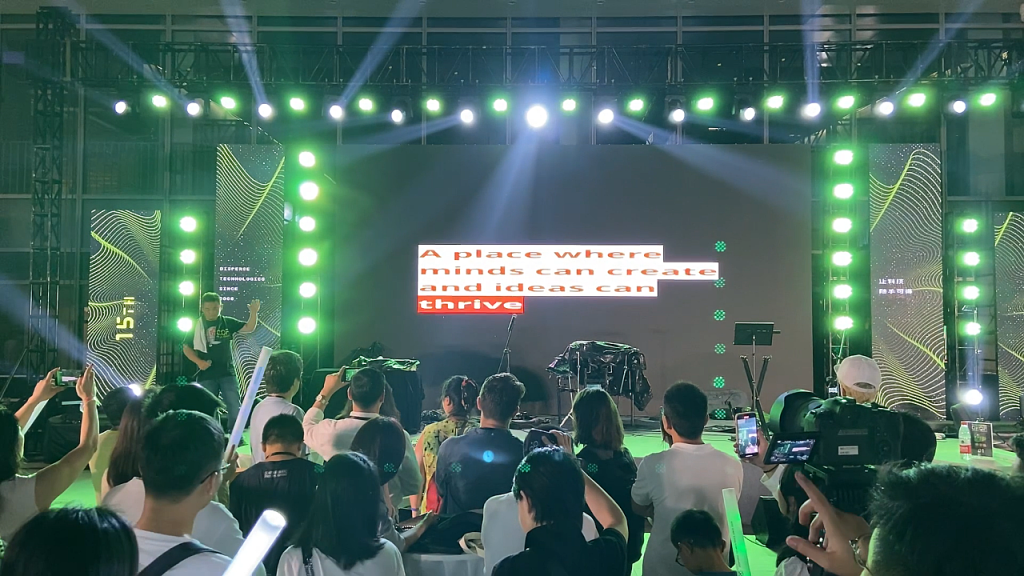
Innovation’s Maker Faire
I have been to Shenzhen three times, to three different maker faire: Mini Maker Faire 2013, Maker Faire 2017, Maker Faire 2023. Have I noticed any trends – Shuyang Zu asked me – any evolutions?
The Pros. No matter what anyone says, it is obvious that the great directions of the Maker movement are at this Maker Faire. The best 3D printing companies (not just Creality), the big PAAS/MAAS/KAAS (Production / Manufacturing / Kitting as a Service) service providers like Elecrow, or JLCpcb were there. I don’t see much innovation here though – maybe I’m just not able to see it – it just seems to me that whoever is able to sell at a better price, to deliver the service faster and in a more professional way (and that already is not bad thing) wins. It seems to me to be more of a market proposition than a value proposition.
Innovation was indeed there, and in many realities: companies-wise, I would say the experiences that impressed me the most are the promoters of Ecosystems: M5stack, TTYGO. Obviously Seeed expresses both this wide variety of offerings on the prototyping side (Wio Terminal, Xiao, Grove), but it also has the whole SenseCAP family on the industrial side, a trend I noticed elsewhere among the tables. There were many steam and K12 realities, but I noticed few new things here (with the exception of various computer vision and AI implementations).
Ultimately great “tools” of innovation, as well as ingenious little makers demonstrate how the phenomenon – at least here in Solarpunk Shenzhen – abound.
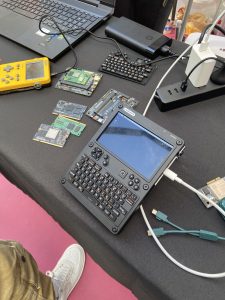
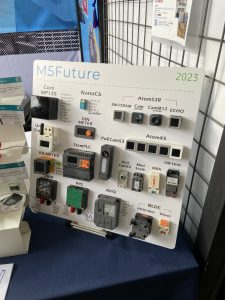
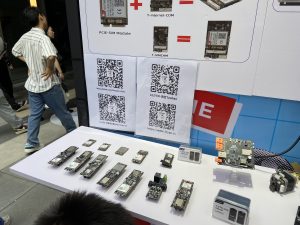
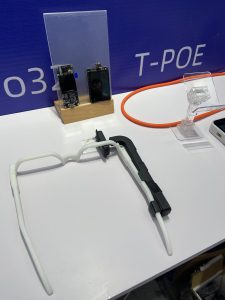
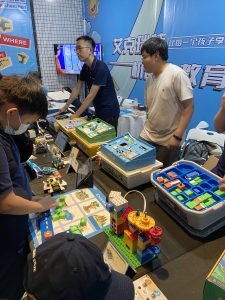
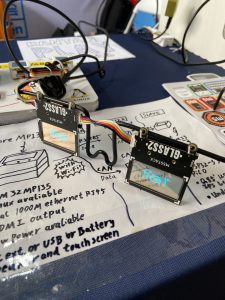
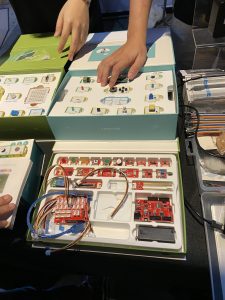
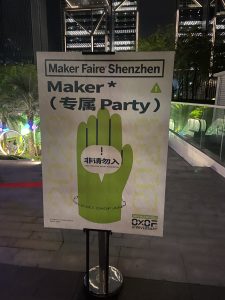
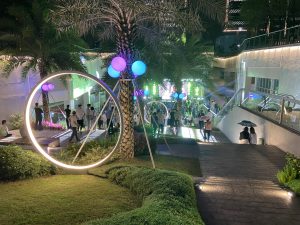
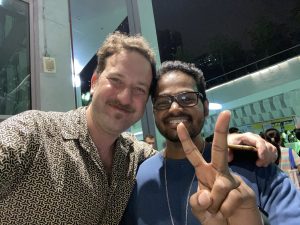
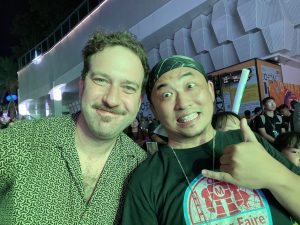
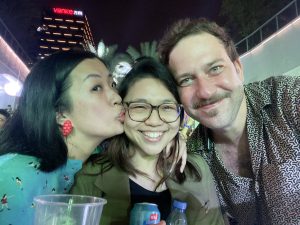
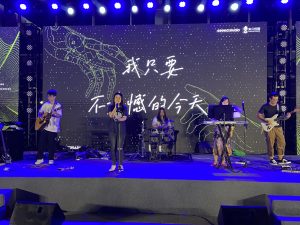
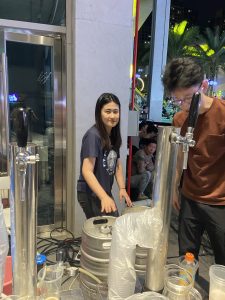
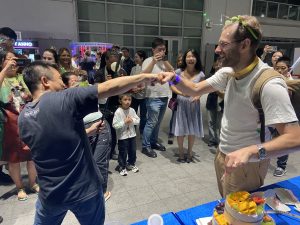
Seeed’s 15th and Maker Party
Maker Party! Complete with karaoke (of course!) and the opportunity to meet a lot of friends and people with whom I had collaborated until then only online. Great experience of exchange and sharing.
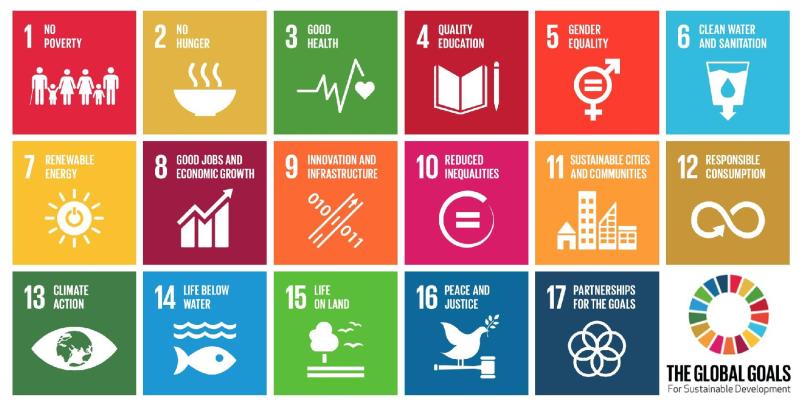
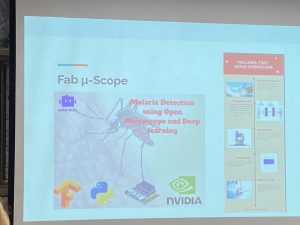
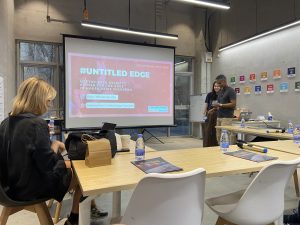
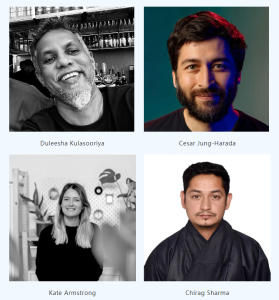
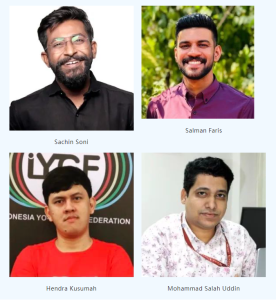
Makers for SDGs
Going back to the Makers, and what they are doing nowadays, I had the chance to join a Deloitte organized meetup about SDGs.
In this symposium I was able to get to know so many cool use case scenarios and stories about new technologies and problem solutions.
SDGs categorization and analysis has the power to save us. Here more than in other makerfaires, I’ve seen a interest and joint ventures between many different realities, from the single maker to hackerspaces, fablabs, and realities like Make, Hackster, FabCity / Fab Foundation and several polytechnics.
I heard great stories. Who joined.
- Duleesha Kulasooriya, Asia Pacific Innovation Leader and Managing Director at Deloitte Center for the Edge
- Cesar Jung-Harada, Associate Professor at Singapore Institute of Technology (didnt’ make it this year)
- Kate Armstrong, Fab City Foundation Strategy Director, Executive Board
- Chirag Sharma, Senior Analyst at Druk Holding and Investments
- Sachin Soni, Founder of Techiesms
- Salman Faris, Co-founder at MakerGram
- Hendra Kusumah, Lecturer at Universitas Raharja
- Mohammad Salah Uddin, Associate Professor at East West University of Bangladesh
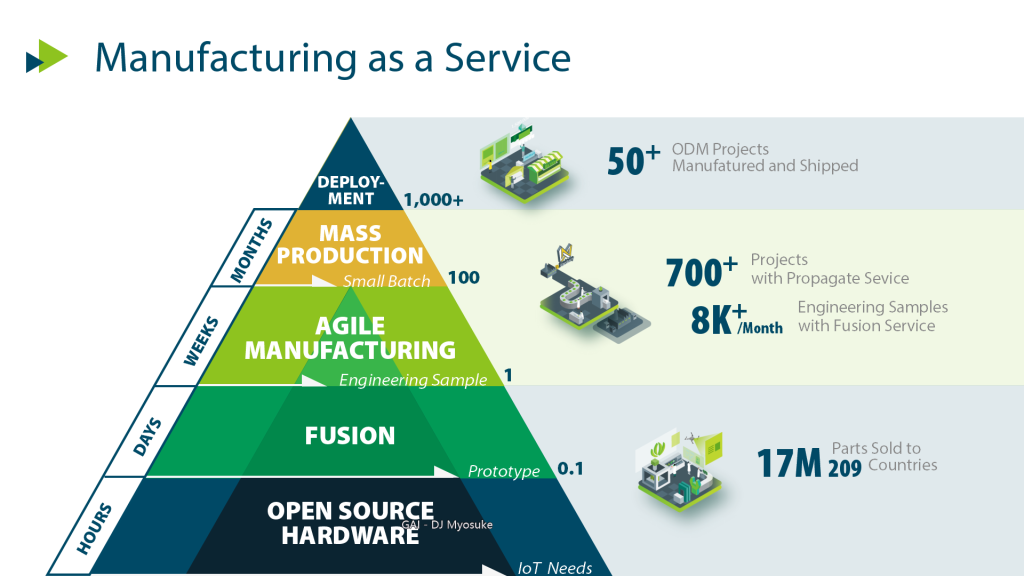
The Factory Safari
Last monday I had the chance to join the so called Factory Safari
The tour was very interesting because it allowed a close look at Seeed’s manufacturing facility. Both the in-house one (for Seeed products, complete with a visit to the wind tunnel used to test SenseCAP weather stations) and the third-party one, namely the Fusion service.
“Manufacturing as a Service” is one of the great opportunities offered to small entities that can go from a prototyped part in hours using the open hardware tools belonging the Seeed ecosystem to creating boards and custom products in larger quantities that are certified and compatible with the real market.
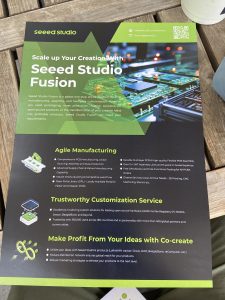
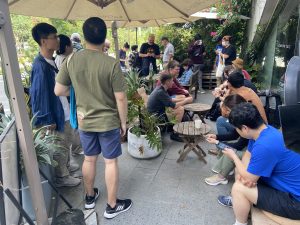
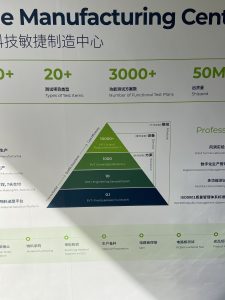
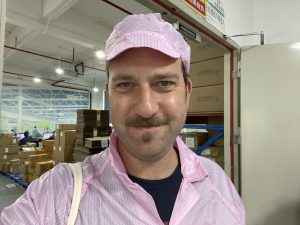
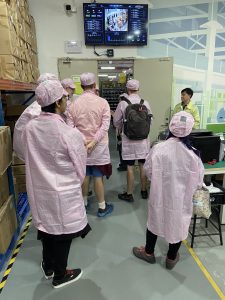
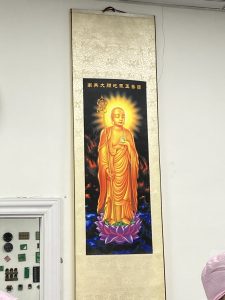
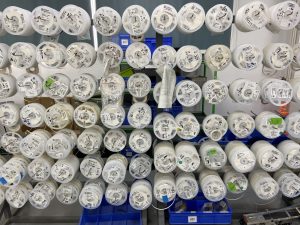
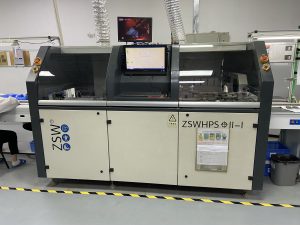
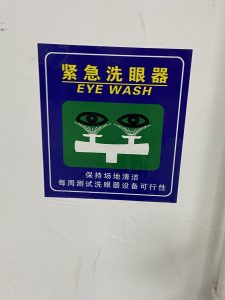
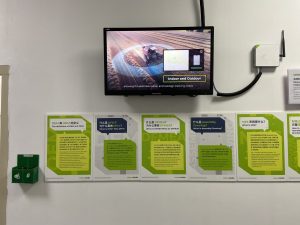
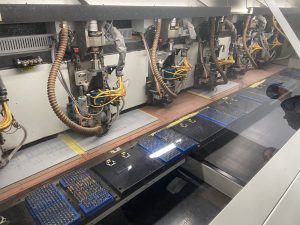
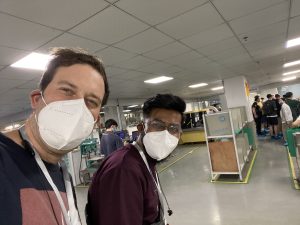
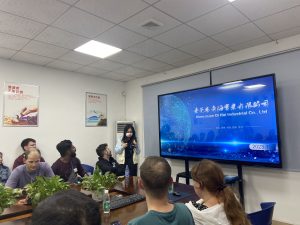
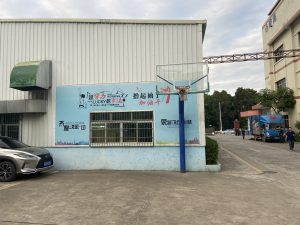
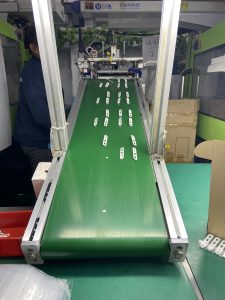
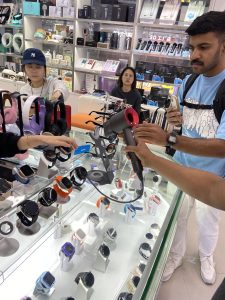
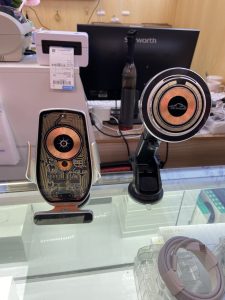
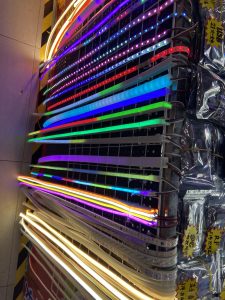
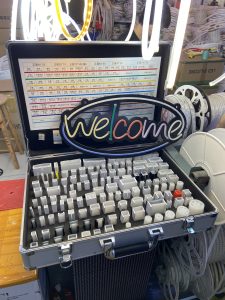
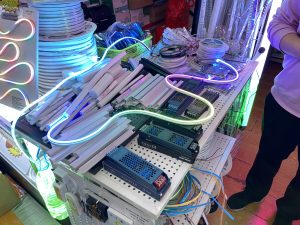
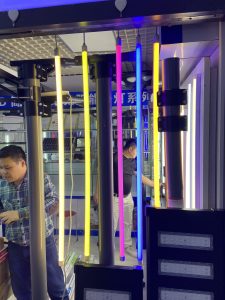
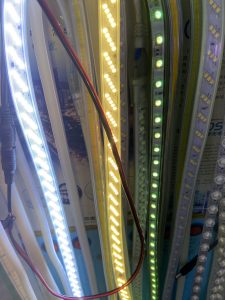
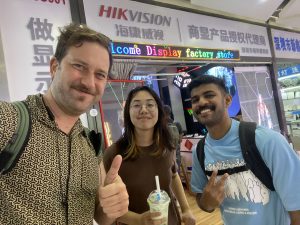
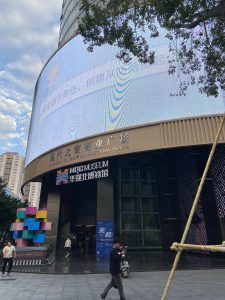
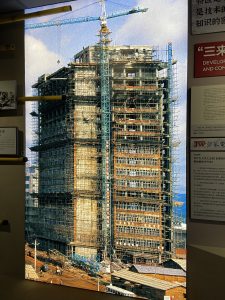
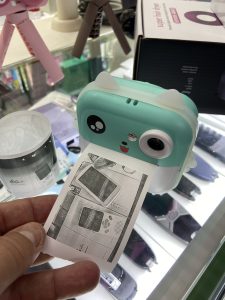
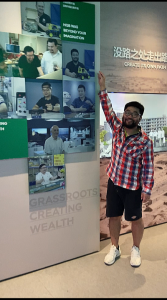
Huaquianbei Visit
A trip to Shenzhen cannot fail to have a pilgrimage visit to the great electronics market. This year I had the honor of doing so with Peter (Shi Pan) now a developer for Seeed – a Seeed-side developer of the Hazard Response Mission Pack among others – but a startupper within various robotics realities, not least Robotics Masters (as well as the makerspace Trouble Maker when it was still hosted on the top floor of the SEG) and the very nice Dan Han. Also with me are Salman and Duleesha.
In addition to the traditional tour of the SEG market, we had the chance to visit Huaquianbei Musuem, a novelty that I was very pleased with. The attempt to tell the story of the very fast evolution this place has had in the recent years, in order to understand its present and future.
